Click here to jump to my accommodation picks in and around Kiama
Check out my travel packing list for all the items you might need on your travels
Click here to jump to my Tours and Activities
We left our accommodation at 8:45am in Moss Vale and drove to Minnawurra Falls which was a 45 minute drive, it was foggy for most of the drive. Always drive with your headlights on in foggy areas so that other cars can see you. We arrived at the falls at 9:28am and there were only a few cars and it wasn’t busy, on the way out there were a lot more cars and people just starting there walk. The roads are sealed all the way to the car park.
You have to pay $12 to park in the car park and see the falls, the park opens at 9am and there are pay stations in the car park but they have just been put in as of the 2nd of October 2024, the one we tried didn’t work properly and wouldn’t let us pay, so we had to go into the visitor centre to pay.
There is a picnic area with BBQ’s if you follow the path that says toilets, the toilets are underneath the visitor centre. The car park shuts at 3pm and no new visitors are allowed in, at 4pm they shut the gate to the waterfall and you have to be out of the waterfall walk before 5pm because it shuts and you don’t want to be stuck in there.
On the way out we stopped at Jamberoo Lookout because it was foggy going in and we wouldn’t have seen any of the view.
Our third stop was Carrington Falls which is easy and popular waterfall with only 100 metre to first lookout or 500 metres to do the lookout loop.
Last stop for the day was Cascades Falls which is only a 1km walk to cascade, nice walk along the river, you have to step over a lot of tree roots. but its a easy walk.
Exploring Lower Minnamurra Falls: A Hidden Gem in New South Wales
Tucked away in the lush rainforest of the Budderoo National Park in New South Wales, Lower Minnamurra Falls is a stunning natural wonder that offers visitors an unforgettable experience. This serene and picturesque waterfall is a must-visit for nature lovers, photographers, and anyone seeking a peaceful escape into the heart of the Australian wilderness.
Getting There
Located about 90 minutes south of Sydney, Lower Minnamurra Falls is easily accessible from the nearby Minnamurra Rainforest Centre, which serves as the gateway to the falls. The hike to the falls is relatively short but offers an immersive experience as you make your way through the verdant rainforest, with the sound of the flowing river guiding you along the way.
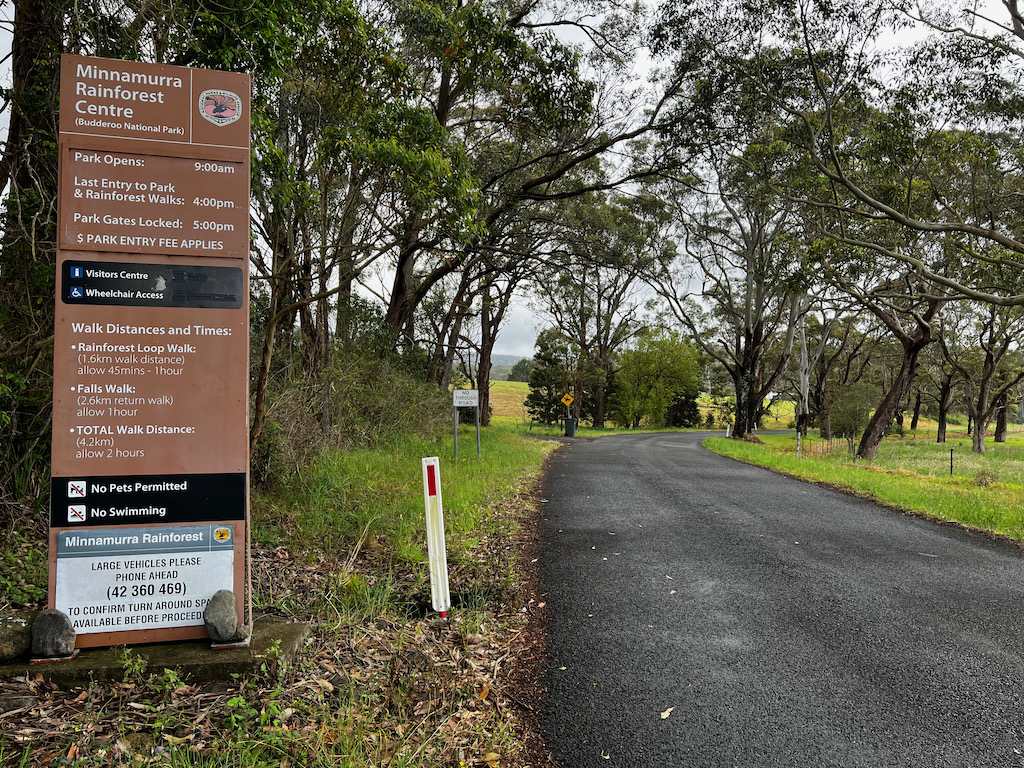
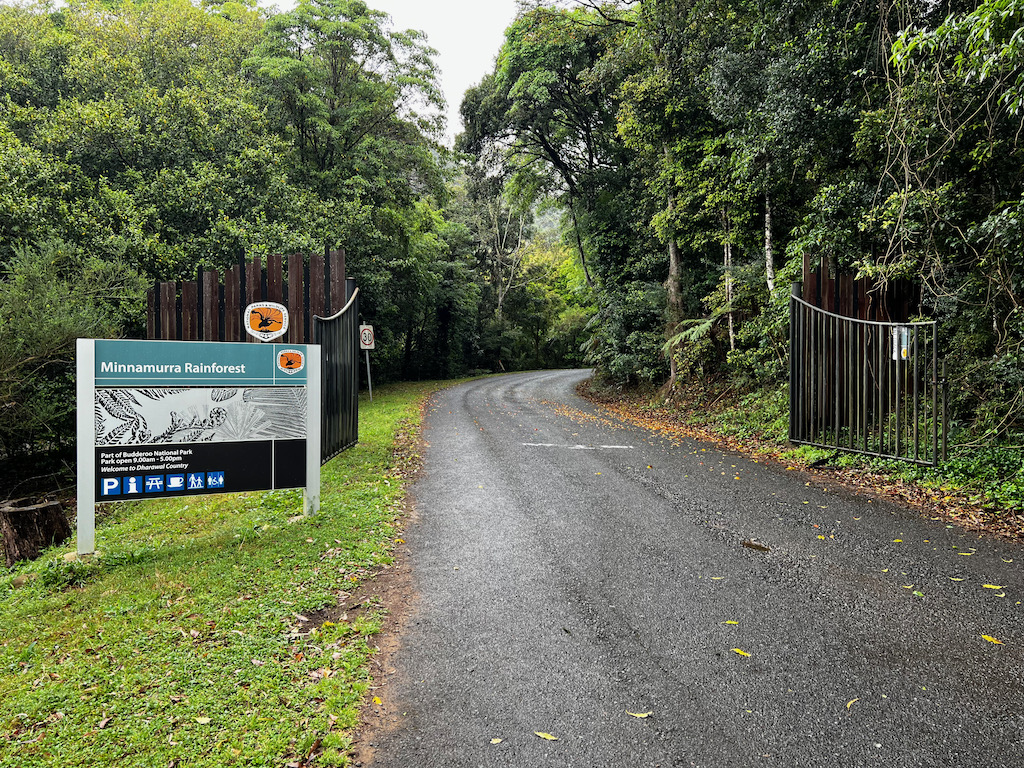

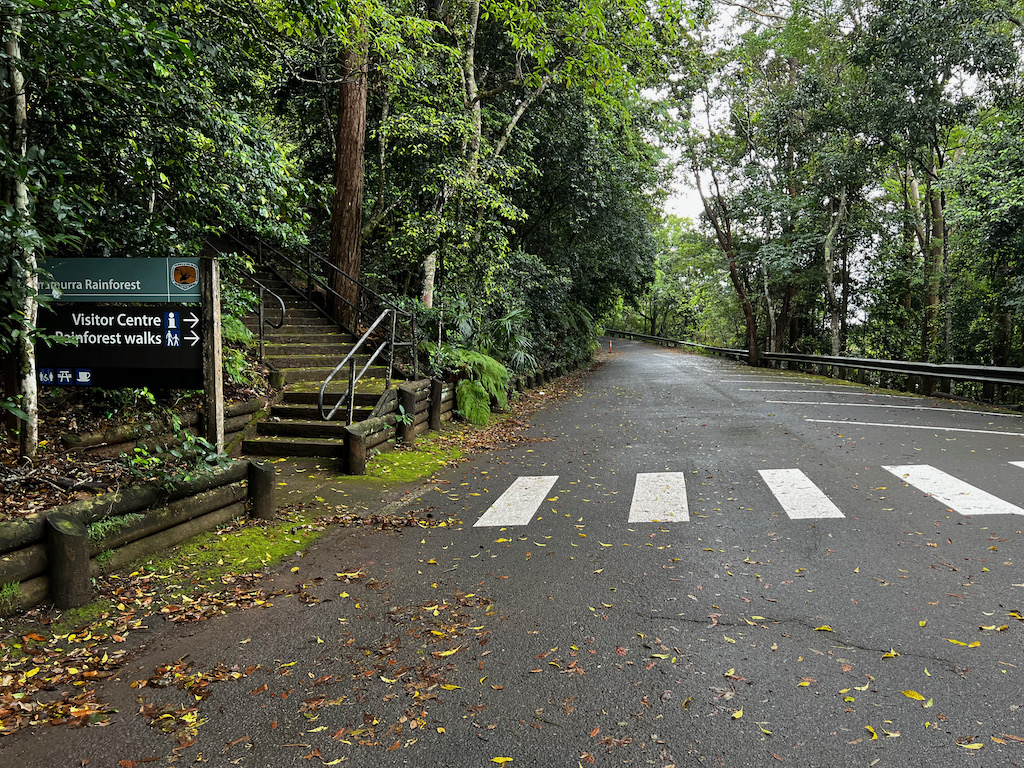


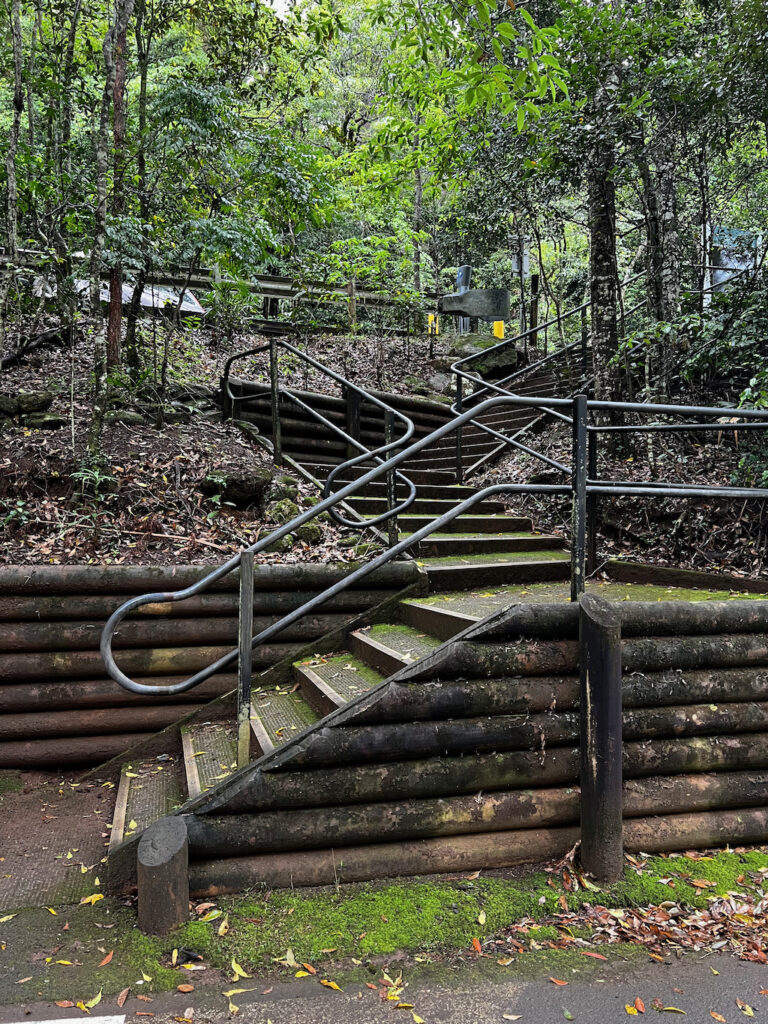
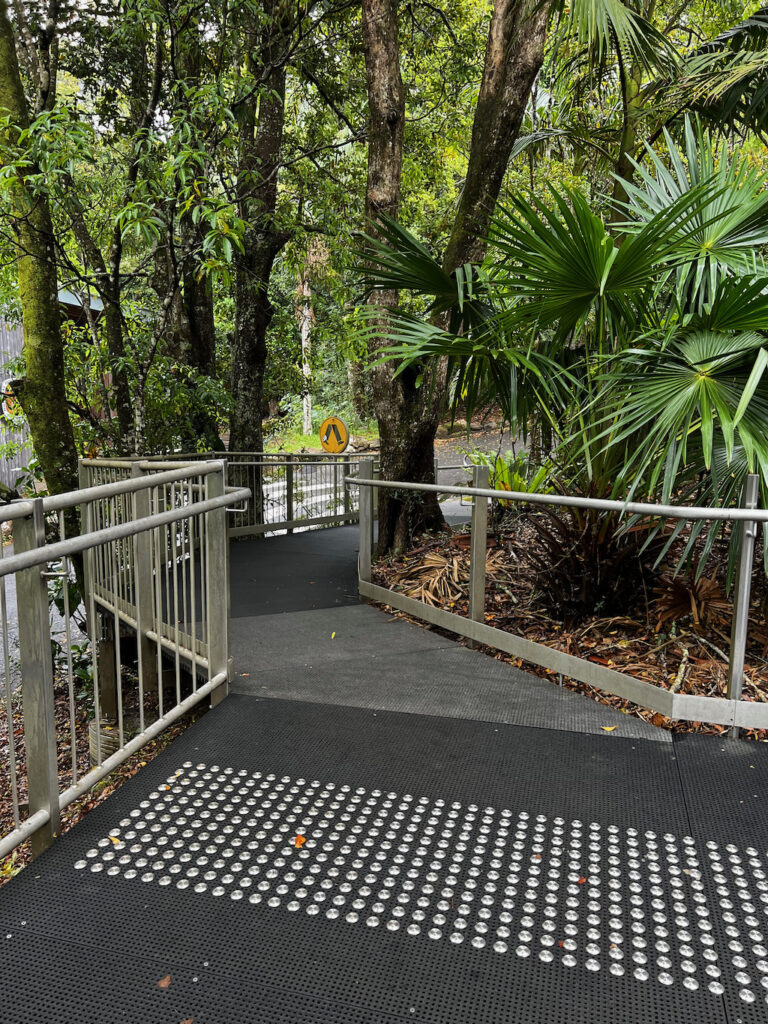



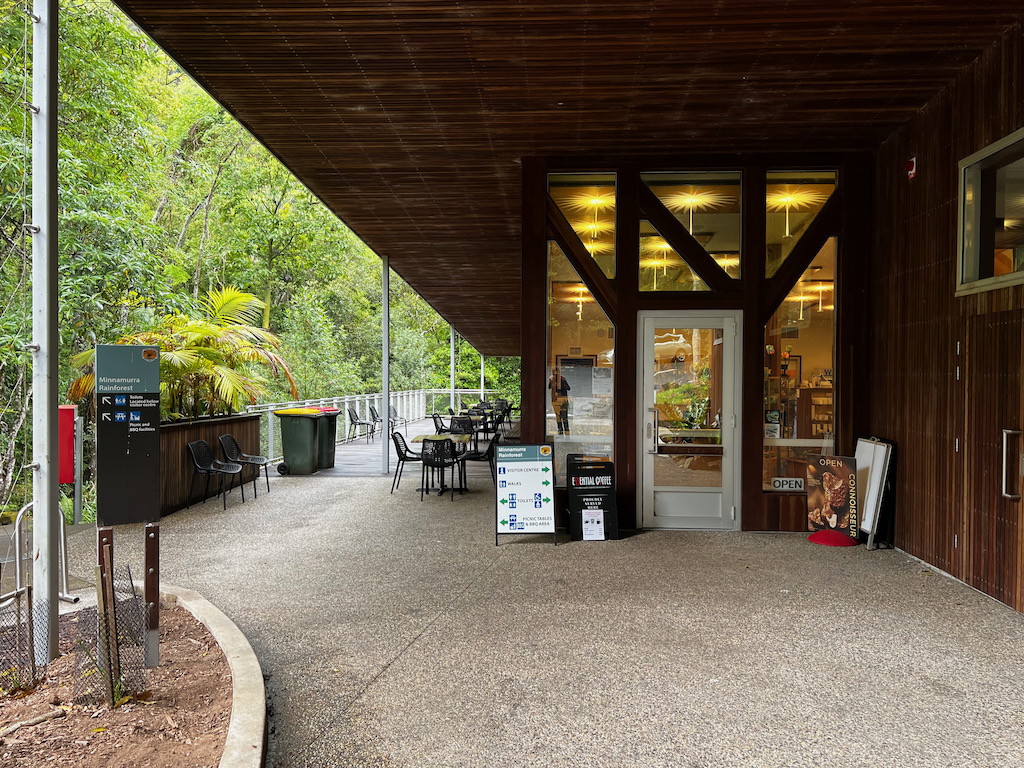

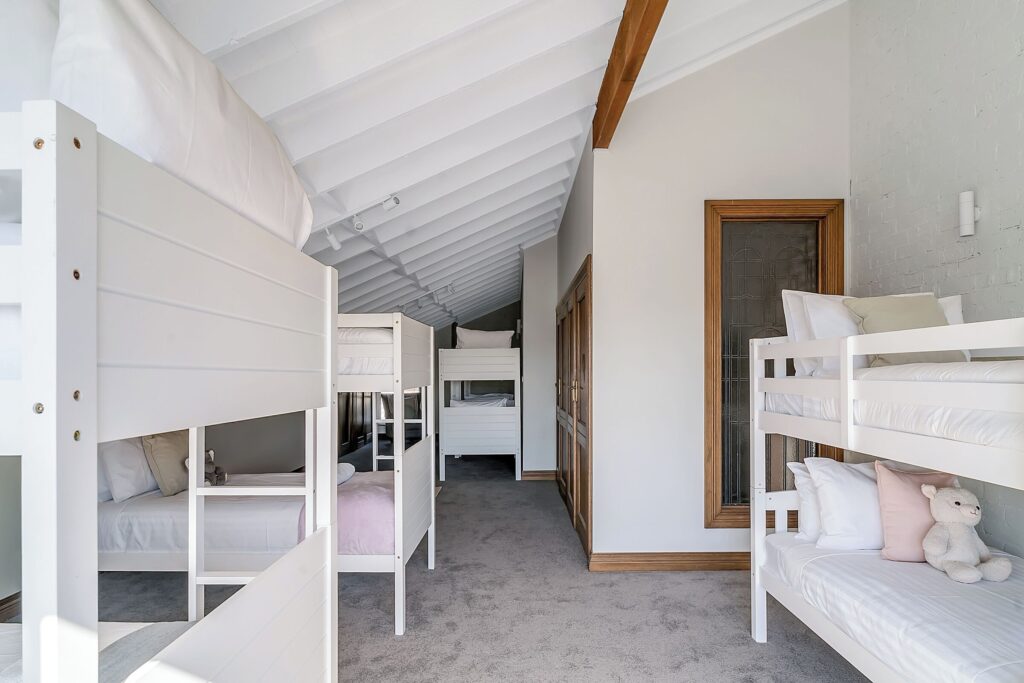
The photos below are of the picnic are with BBQ’s.

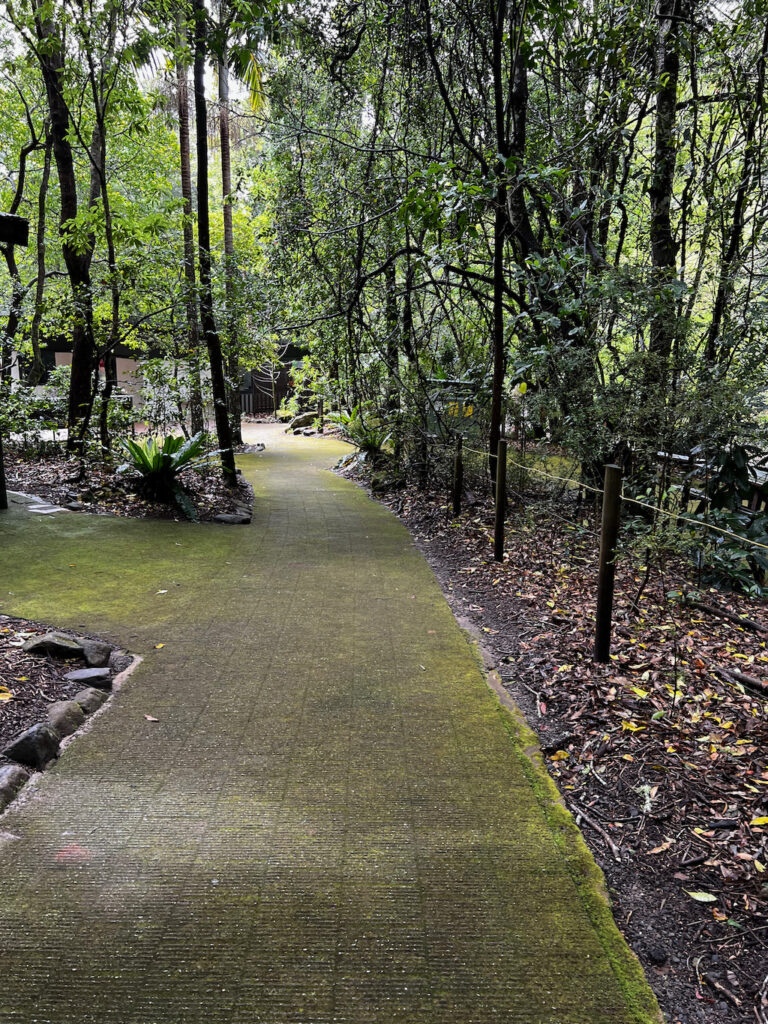
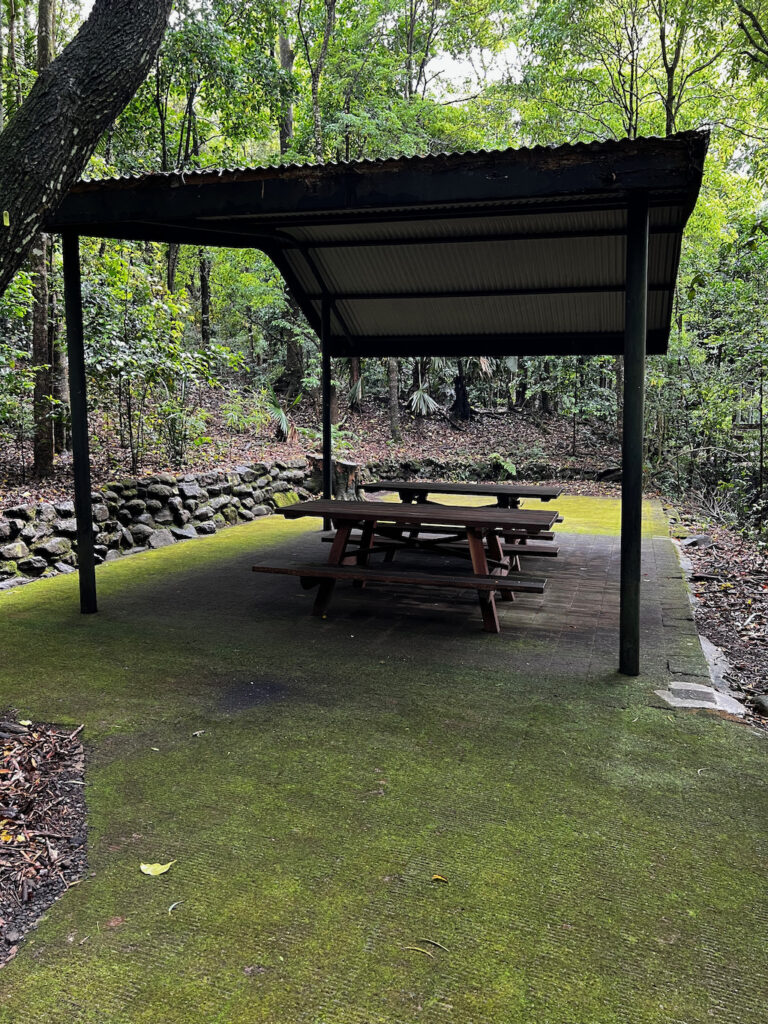
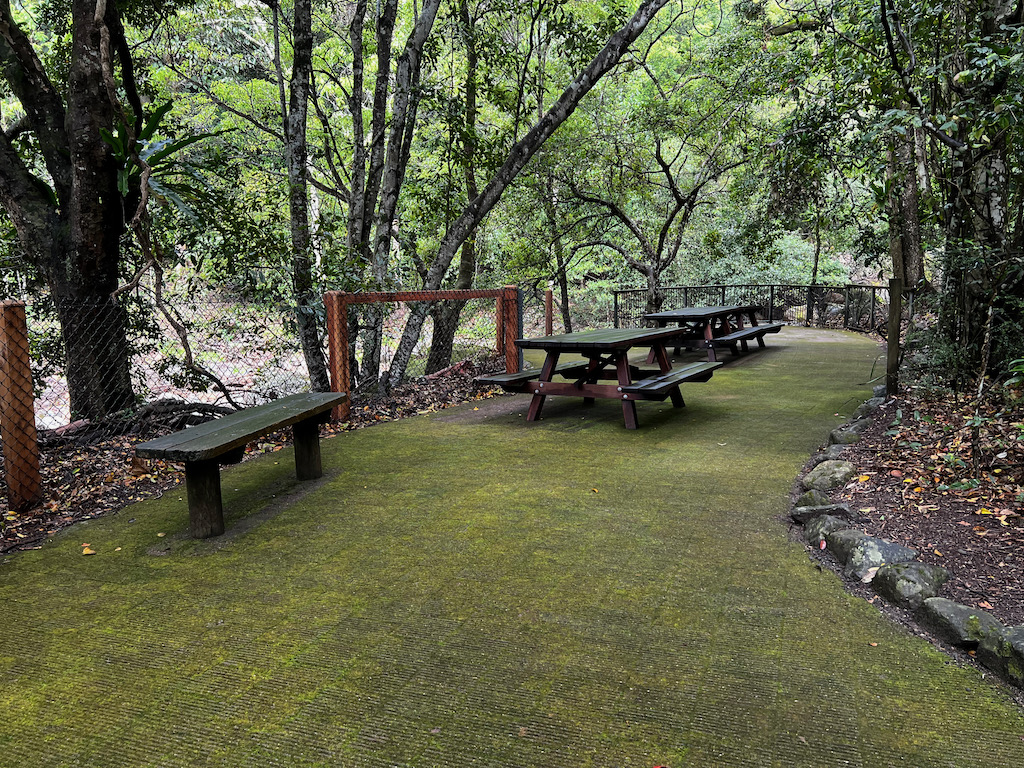
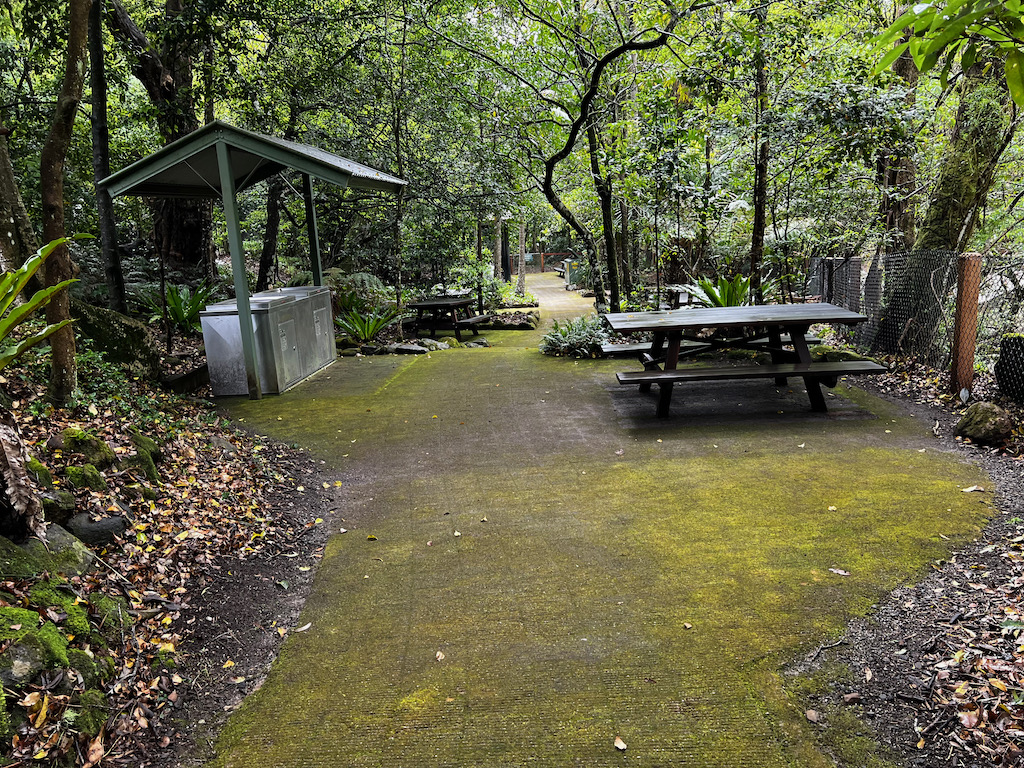
The Hike
The trail to Lower Minnamurra Falls is a 1.2-kilometer loop, making it suitable for most fitness levels. The path takes you through a beautiful section of the rainforest, where towering trees, ferns, and vibrant plant life create a lush canopy overhead. As you walk, you’ll cross bridges and walkways, allowing you to get up close to the rushing water below. The trail is well-maintained, and the scenery along the way is simply breath taking, with streams and moss-covered rocks adding to the enchanting atmosphere.
The track starts to the right hand side of the visitor centre (see the first 4 photos below) on a steel mesh boardwalk, with fencing on both sides, so you can’t fall off, or go exploring off the track, I spend ages trying to find the entrance as it wasn’t clear where it started from. There are seats along the way and it’s a steep walk up to the waterfall with a 3km return walk. It took us longer to walk up because we were taking photos and videos, but it’s easier on the way down and quicker. There are a few sets of steps right before the waterfall, we saw two prams left at the steps which means it’s possible to push prams or wheelchair right up to the last couple of metres to the viewing platform if you are fit.
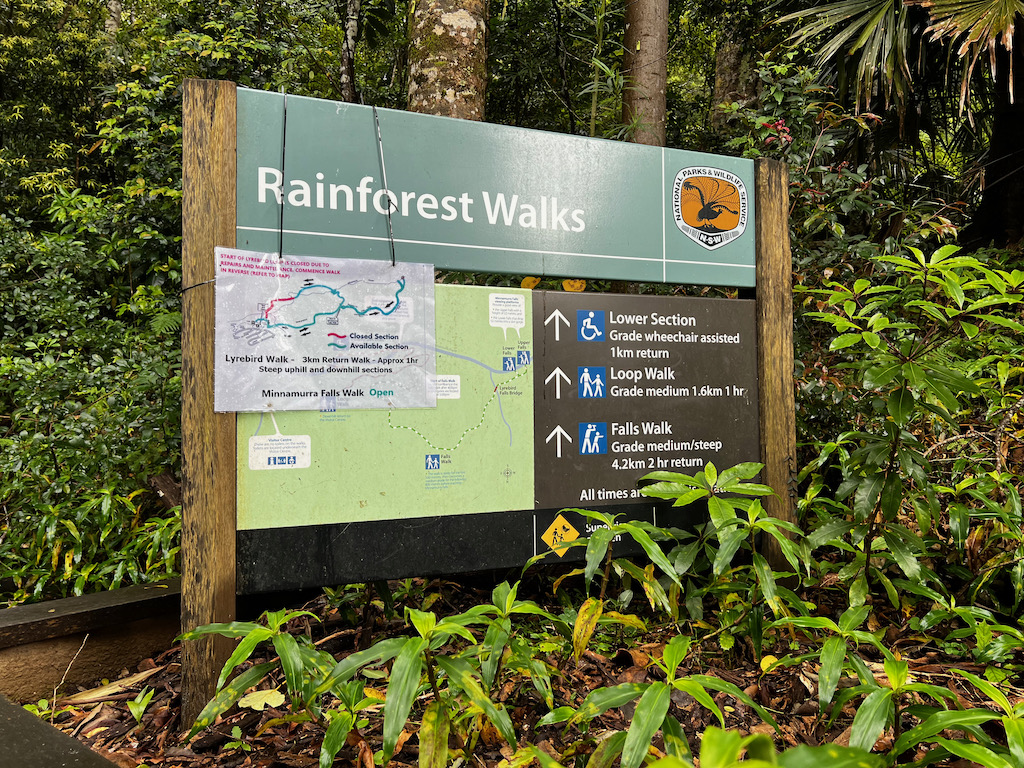

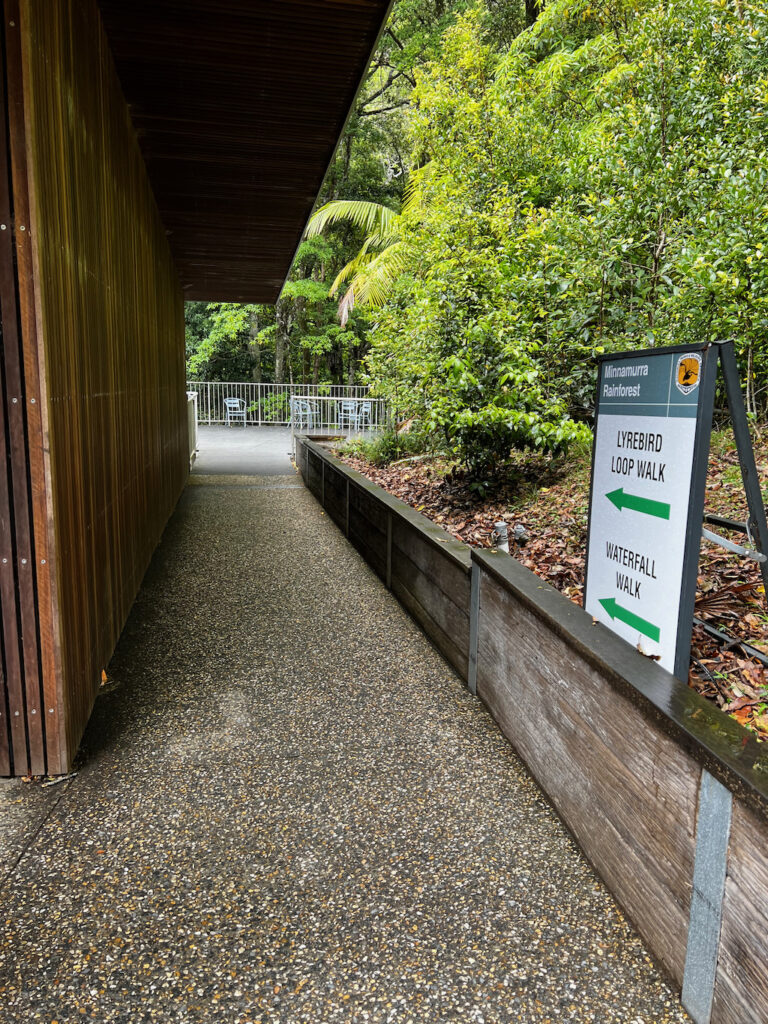
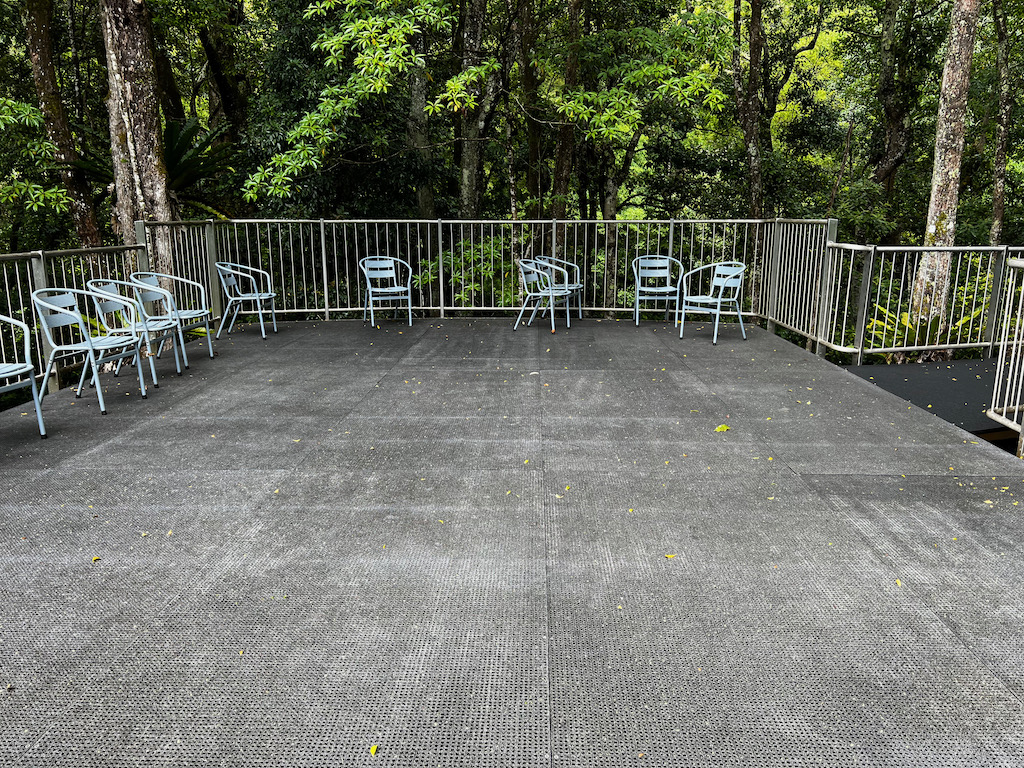
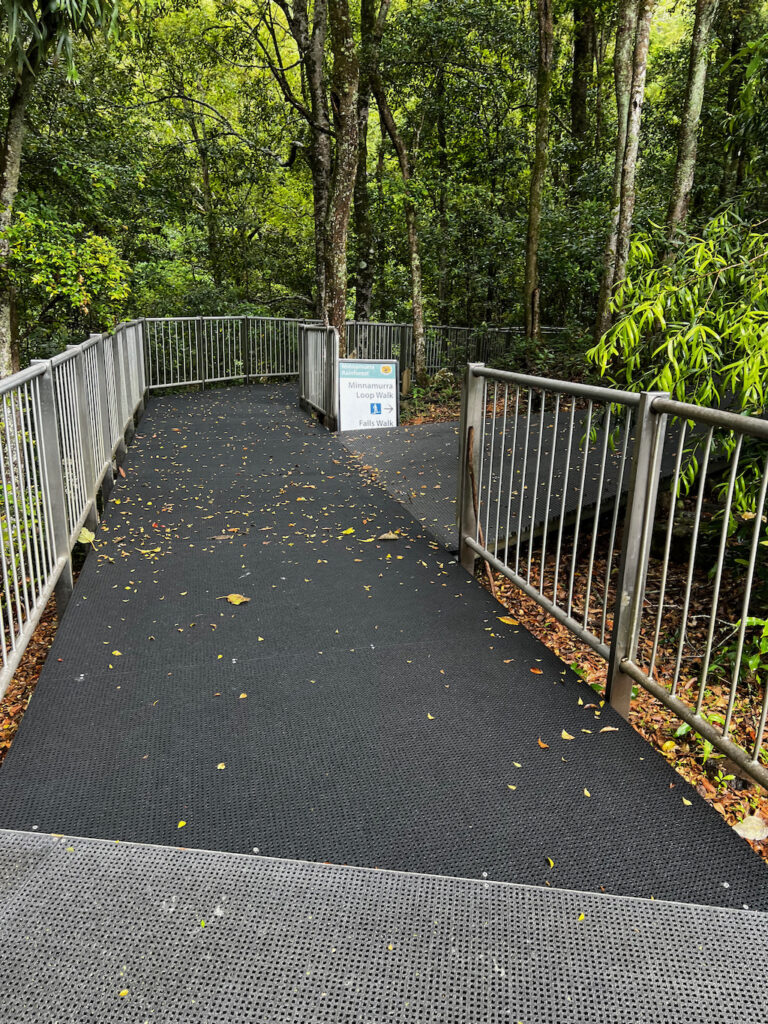
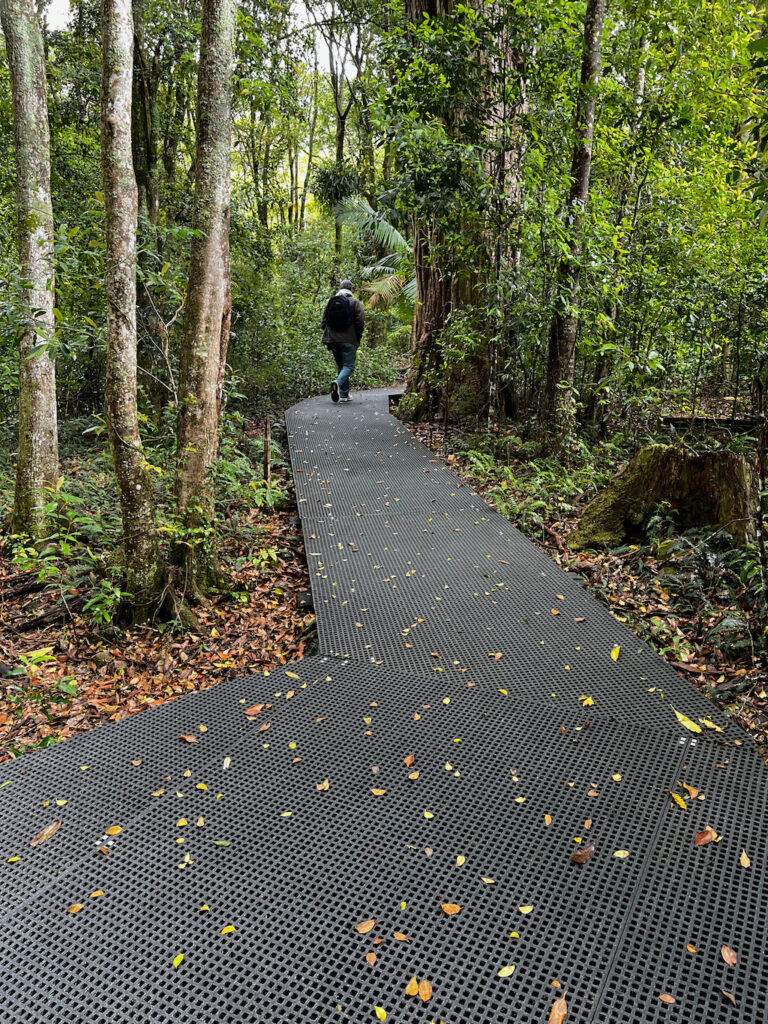

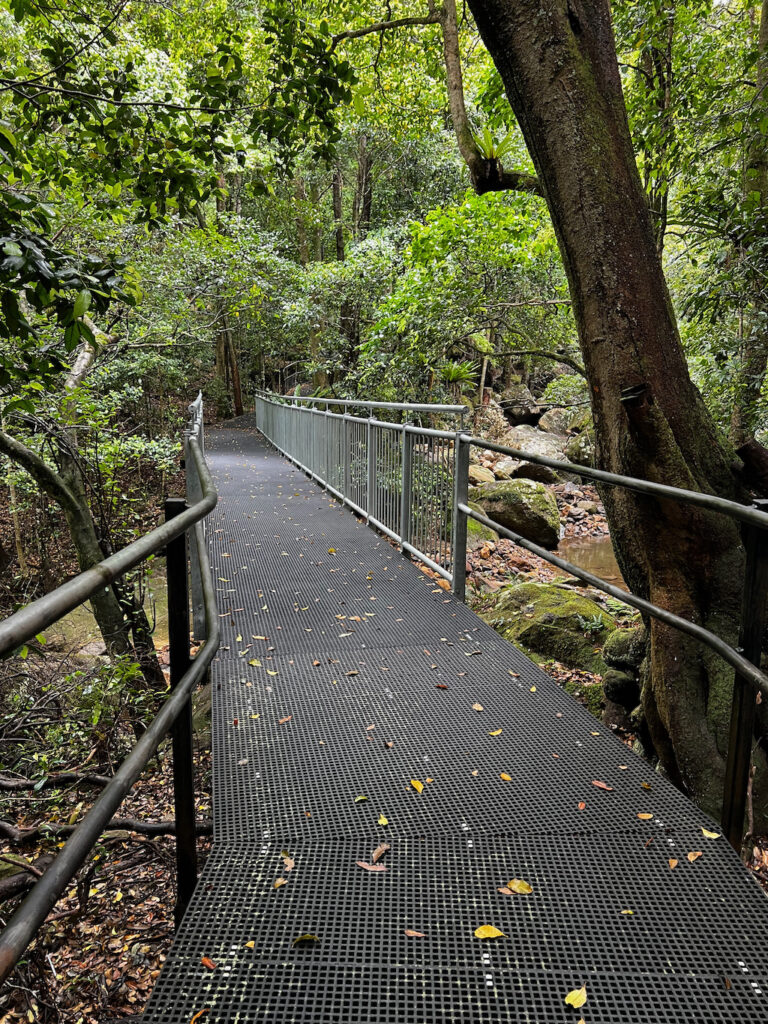




Wouldn’t it be wonderful to stay here and enjoy this amazing view?

The Quiet Ones
Non-passerines play a vital role in maintaining the biodiversity of forests. This group includes formidable birds of prey, such as eagles, kites, and kestrels, which hunt from the skies, as well as the dazzling kingfishers that thrive near water, bringing joy and color to the rainforest.
The rainforests of the Illawarra region serve as the southernmost refuge for several native bird species that rely on rainforest fruits for their survival. Parks and reserves are crucial for protecting these birds, many of which face threats from habitat loss and predation by feral animals.
You can contribute to their conservation by creating a bird-friendly garden or connecting with a local bird club to learn how you can make a difference in your community.
A Deep Breath
Research increasingly highlights the benefits of connecting with nature, particularly through practices like shinrin-yoku or “forest bathing,” a Japanese tradition. This mindful immersion in natural surroundings can enhance the immune system, reduce stress, lower blood pressure, and promote better sleep.
At Minnamurra Falls, the amphitheatre-like setting creates a sense of seclusion and escape, drawing you into the heart of a living rainforest. Here, you can experience nature in its purest form. The soothing sounds of flowing water and the cheerful symphony of birds envelop your senses, while the earthy aromas of the forest invite you to breathe deeply. Fully immersed in this serene environment, you can truly embrace the restorative power of nature.
The People’s Park
Since opening to visitors in 1896, Minnamurra Falls has been a beloved destination, drawing people eager to experience its natural beauty. However, it wasn’t until 1939, when road access improved, that tourism truly flourished.
This is a park for the people, united by a shared appreciation for nature. In 1986, the NSW National Parks and Wildlife Service assumed management, enhancing facilities to allow visitors to immerse themselves in the rainforest while minimizing their impact on this delicate ecosystem.
Today, hundreds of thousands of visitors come each year to explore, recharge, and celebrate the unique wonders of this special place.
A Lucky Find
The Illawarra Socketwood is part of an ancient tree family and is classified as endangered. This rare rainforest species is primarily found in the Illawarra region, with only a few isolated populations elsewhere. Growing up to 25 metres tall, it boasts a broad, shady canopy and delicate pale greenish-white flowers.
What makes this tree particularly fascinating is its unique method of reproduction. Instead of relying heavily on seeds, it primarily propagates through suckering—sending up new shoots from underground rhizomes or stems. Remarkably, recent research under the Saving our Species program has revealed that these clones can emerge up to 900 metres from the parent tree.
This program also uncovered a new species of insect, the Socketwood Gall Midge, which disrupts seed development and partly explains the tree’s low seed production.
Since European settlement, extensive clearing of the Illawarra lowlands has drastically reduced the Socketwood’s habitat. Today, its remaining populations are highly fragmented and face ongoing threats from invasive weeds and urban development. Fortunately, several populations continue to thrive within the Minnamurra rainforest.
The Nature of Art
Minnamurra has long captivated artists, poets, and musicians, inspiring works that enchant, educate, and provoke reflection. Among those drawn to its beauty was Max Dupain, a pioneer of modernism in Australian photography. Dupain, who frequently visited Minnamurra, moved beyond nostalgic imagery to capture striking contrasts and sharp focus, as seen in his evocative photographs of the area.
Mark O’Connor, an award-winning environmental poet, also found inspiration in Minnamurra. His poem Minnamurra Forest, featured in The Olive Tree collection, is a favorite among high school literature students. Through vivid imagery, O’Connor portrays the rainforest as a living symphony—a complex interplay of fleeting sounds and sights that evoke both mystery and harmony.
Excerpt from Minnamurra Forest:
Rainforest is a symphony, never graspable in full, replete with fugitive notes and familiar themes pursued with a soft nutrient harmony.
High on the cliff, the warm steam shifts and unobscures a tree so high you thought up there was only cloud
Spirit of the Forest
Howard Judd played a pivotal role in the conservation of Minnamurra. His journey began in 1945 when he noticed tourists crossing his small farm on their way to the rainforest. Recognizing the area’s unique value, Judd decided to become a ranger. To enhance visitor experiences and safeguard the forest, he built footpaths and plank bridges, making the rainforest more accessible.
Judd’s passion for Minnamurra extended to scientific discovery. He provided plant samples to the National Herbarium, revealing that many of the rainforest’s species were extraordinarily rare. As word spread, Minnamurra gained a reputation as a botanical treasure. By the mid-1950s, it was celebrated as a place of exceptional natural beauty.
During his 30-year tenure as a ranger, visitor numbers grew to 100,000 annually. Today, the NSW National Parks and Wildlife Service proudly continues Judd’s legacy of protection and education, ensuring Minnamurra remains a cherished destination for generations to come.
Conservation in Action
Budderoo National Park is home to several threatened species, including the Grey-headed Flying Fox, Southern Brown Bandicoot, Spotted-tailed Quoll, Waterfall Greenhood Orchid, Illawarra Irene, Illawarra Socketwood, and Lesser Creeping Fern.
The NSW National Parks and Wildlife Service works to protect these species by managing the park and educating visitors about the vital role of protected areas. Through the New South Wales Government’s Threatened Species Program, efforts are underway to secure the survival of these unique plants and animals in the wild while addressing key threats to their habitats.
This program brings together volunteers, scientists, businesses, and community members in a collective effort to safeguard Australia’s biodiversity. By visiting today, you’re playing a part in supporting this important conservation mission.
Conserve and Protect
While rainforests are self-sustaining ecosystems capable of regulating their own climates, they rely on us for protection. It’s our responsibility to safeguard these vital environments. Maintaining healthy landscapes between national parks is crucial for creating movement corridors for both flora and fauna.
However, a changing climate poses significant challenges. Longer dry spells and rising temperatures place increasing stress on plants and animals. The devastating Black Summer fires of 2019–20 burned vast areas of Australian rainforest. With a longer, more intense bushfire season, the recovery of these ecosystems is at risk, as some of the large trees may take decades—or even centuries—to regenerate, if they can at all.
National parks play a critical role in conserving and protecting our unique biodiversity. Yet, climate change and drought conditions continue to impact native species, such as wombats and the plants they depend on for survival.
Make the most of your holiday by cooking in this fantastic kitchen!
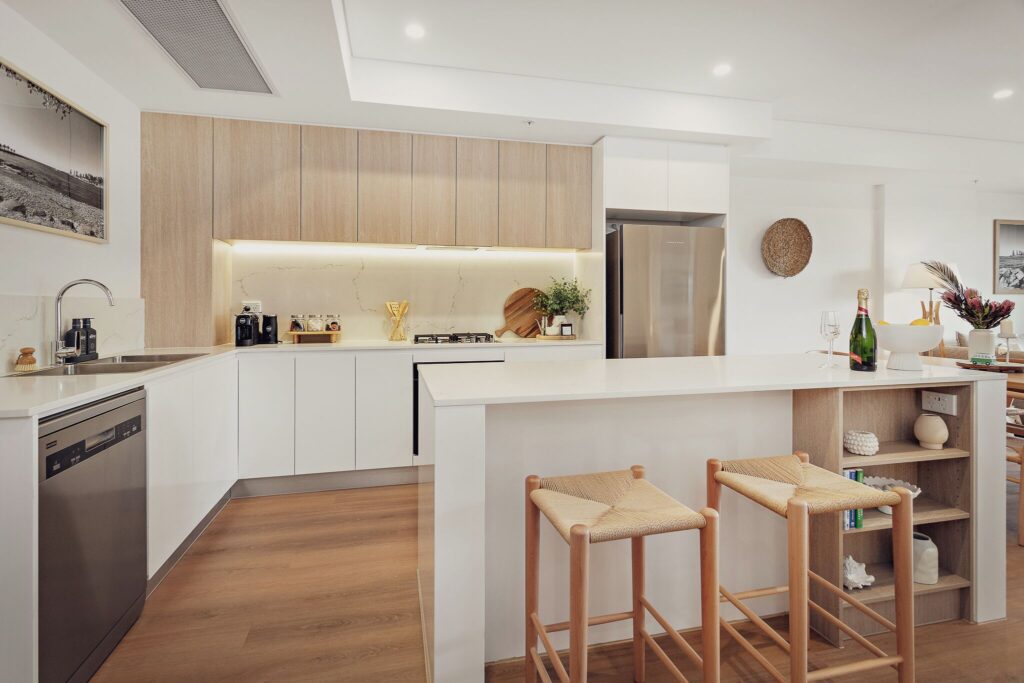
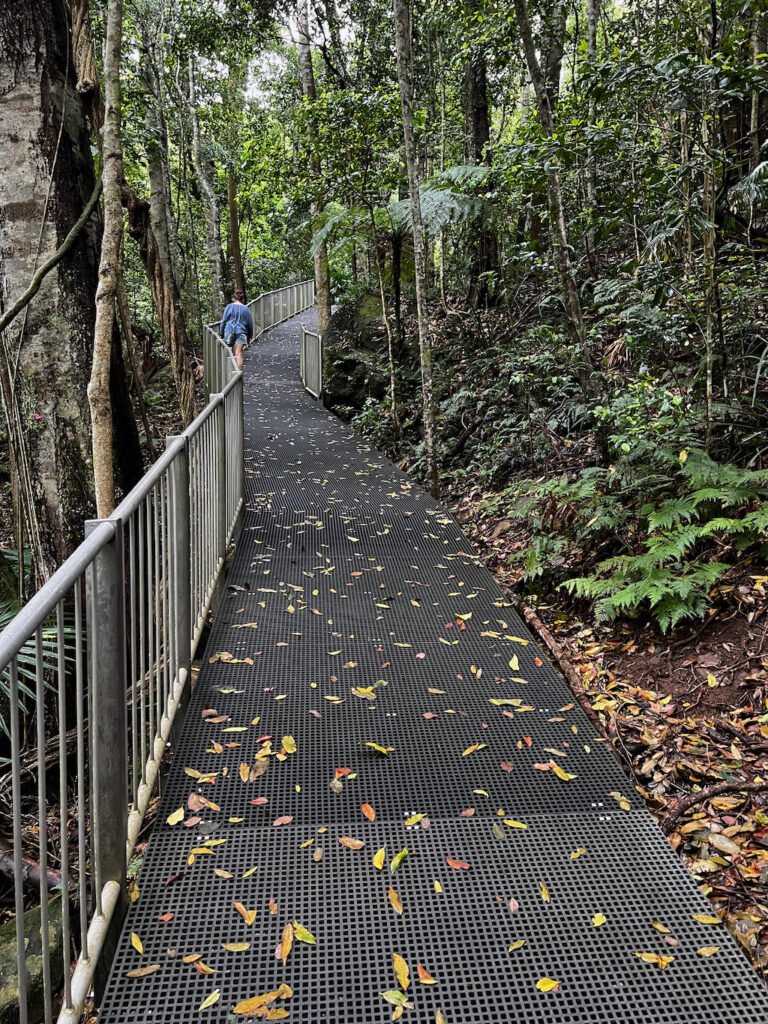

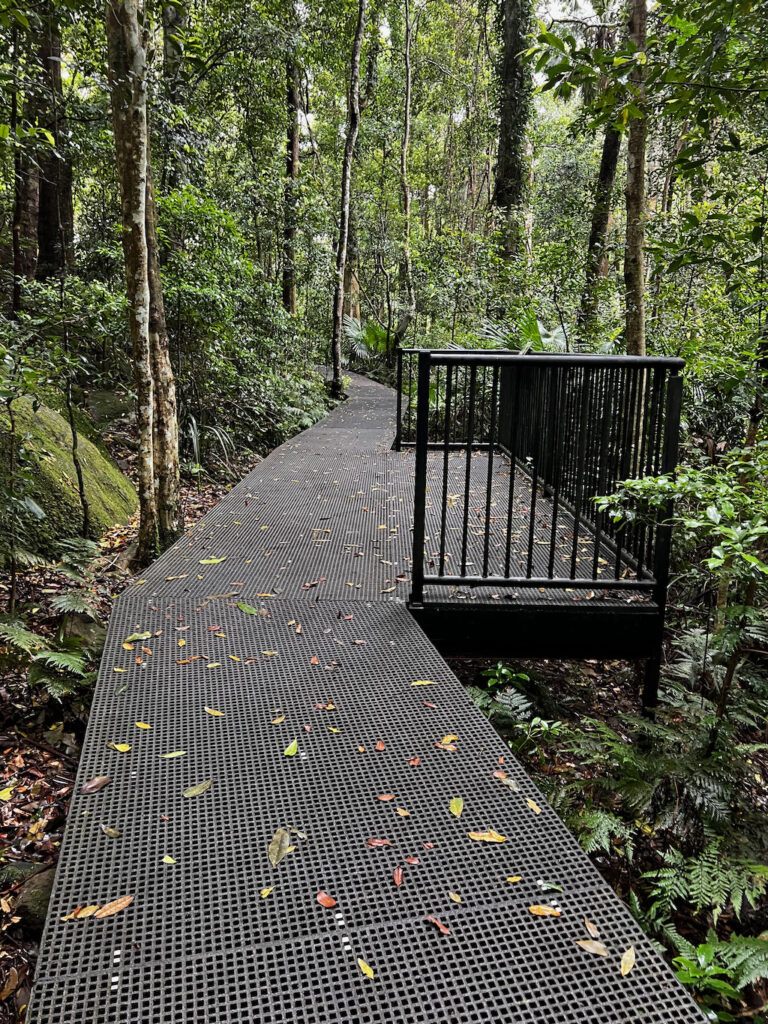


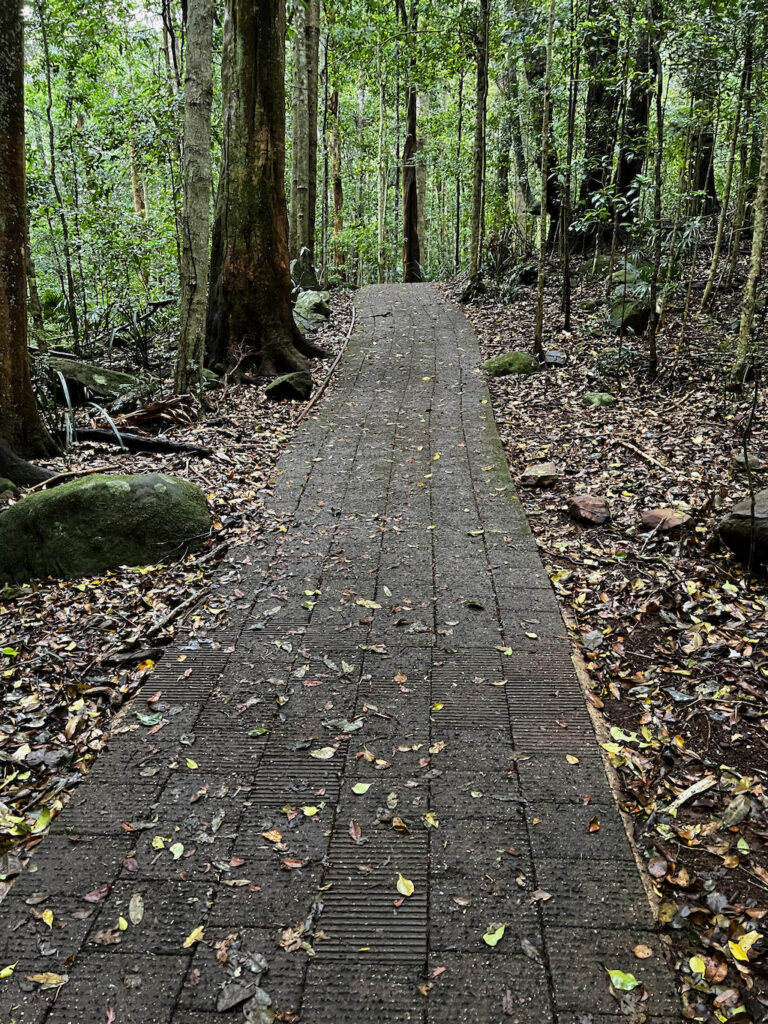
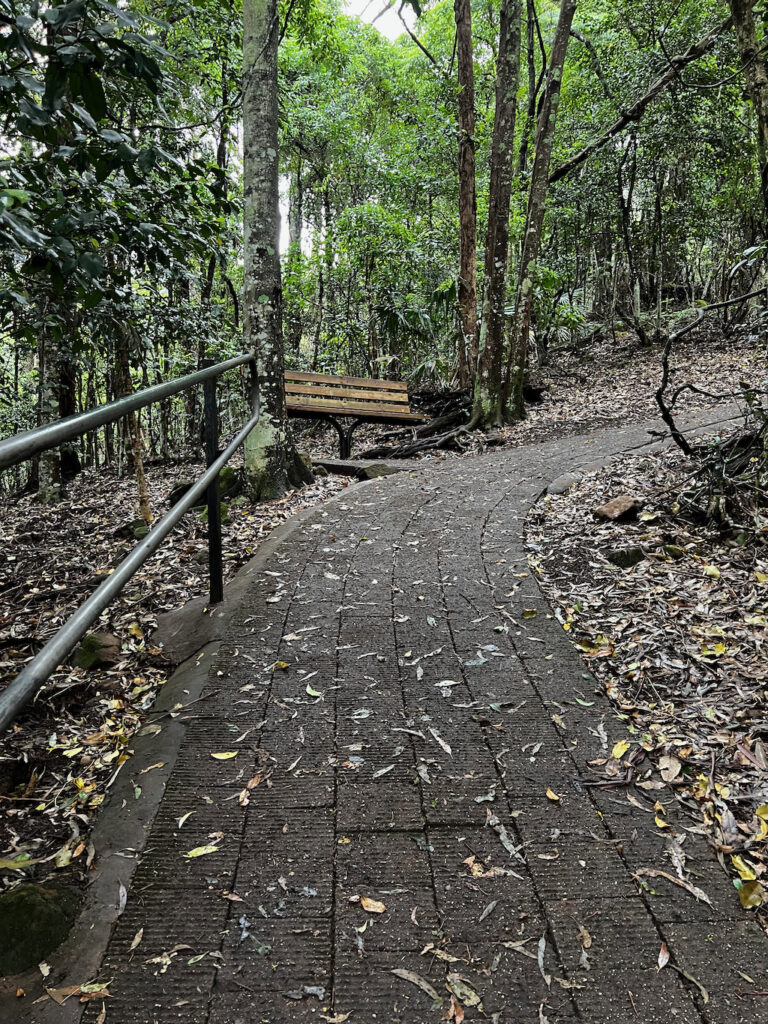
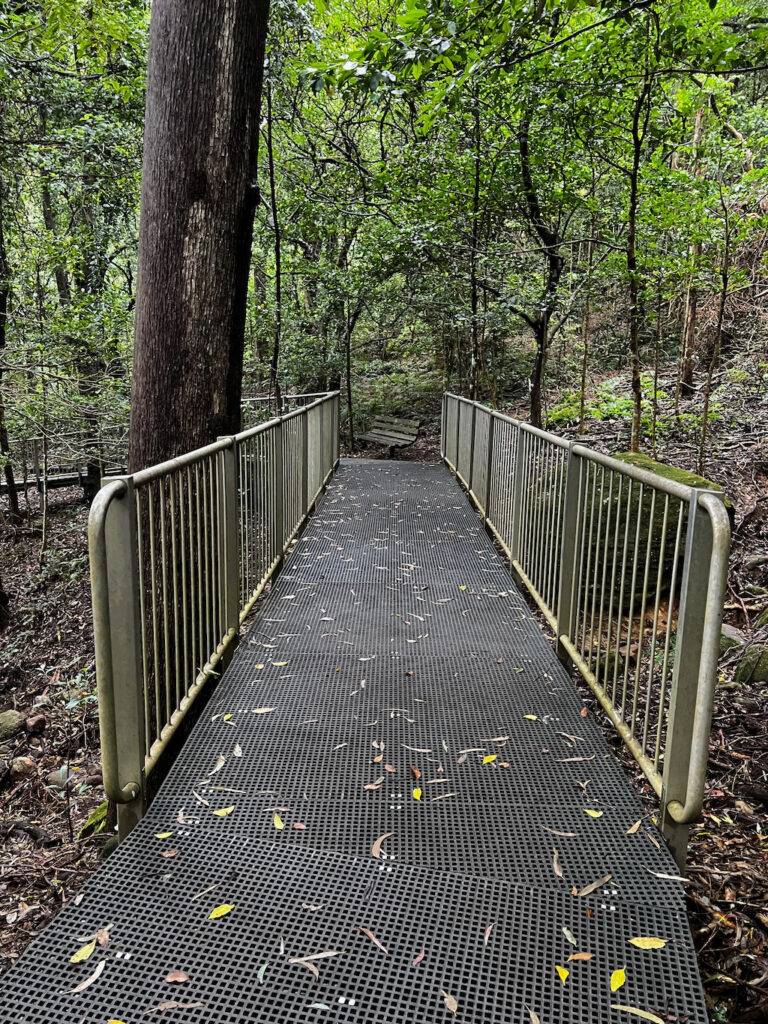
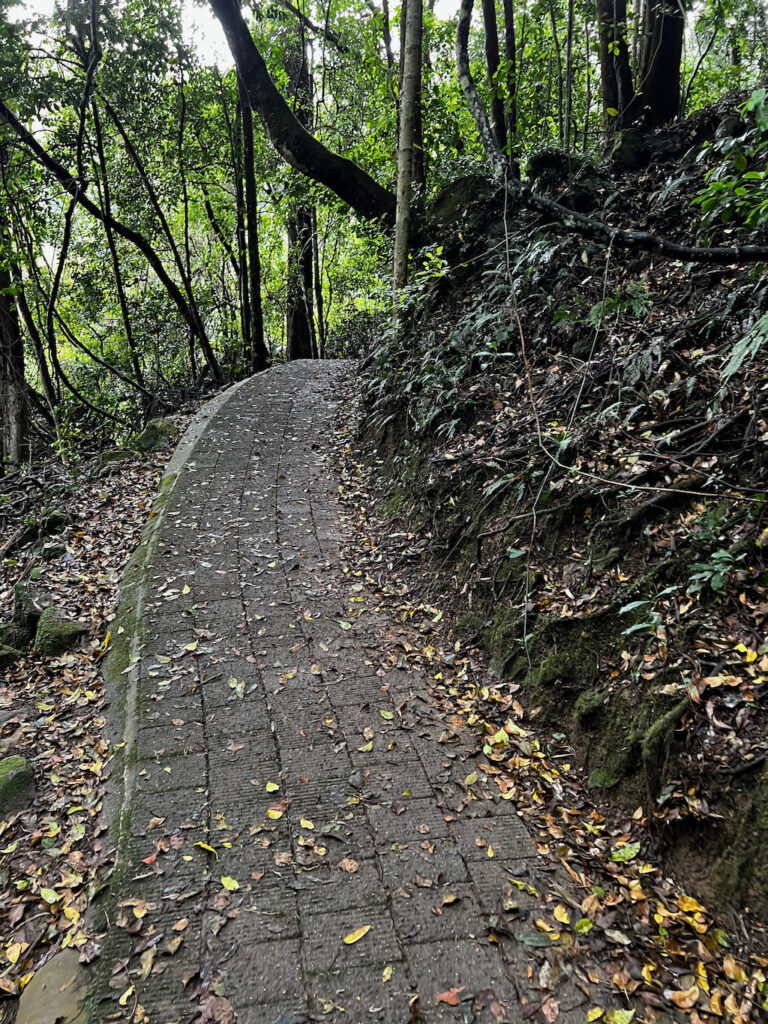


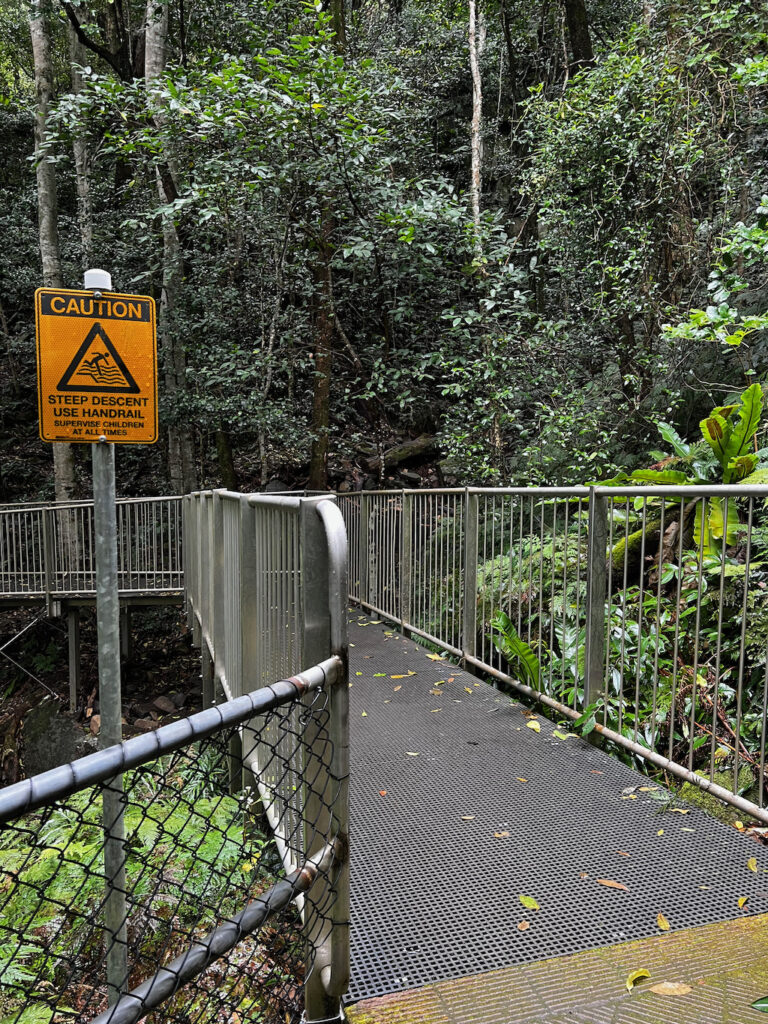

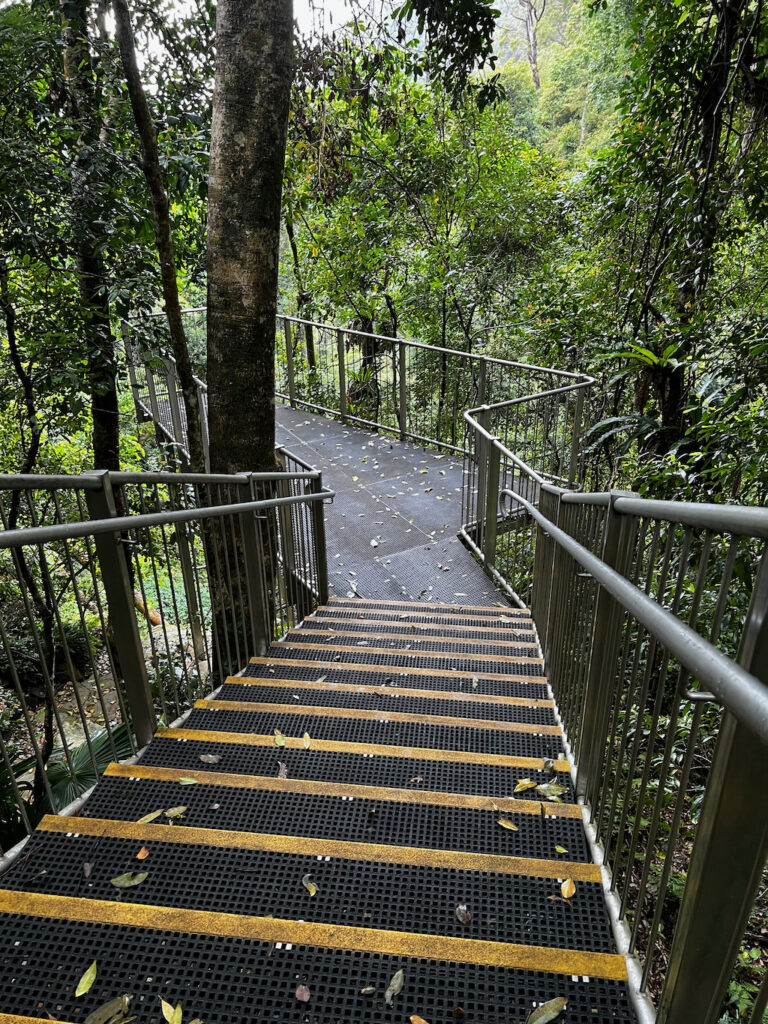


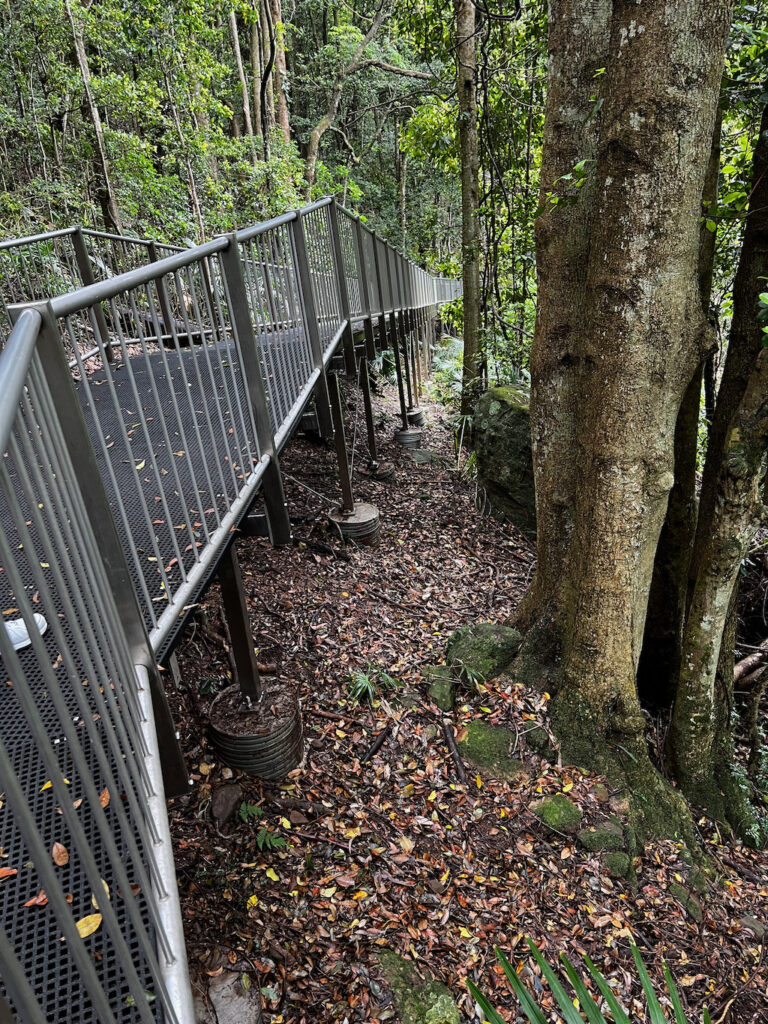
We saw a lot of people with there kids because it was school holidays in New South Wales. I recommend having a hiking backpack that’s sits on your back for kids under 5 years old as it’s easier than a pram so you aren’t having to carry them when they get tired and they can get heavy after a while because it’s steep all the way up to the waterfall. If you are interested in buying a hiking backpack for kids then check out my packing list at the end of this post, or click on the link from the contents table that I am selling from Amazon.com
The Falls
When you finally reach Lower Minnamurra Falls, you’re greeted with a spectacular sight. The falls cascade down into a serene pool, surrounded by mossy rocks and ferns, creating a tranquil and picturesque scene. The waterfall itself is not as large as some others in the area, but its beauty lies in its peaceful, almost hidden setting, making it the perfect spot for a moment of reflection or a picnic by the water.
The Minnamurra waterfalls, estimated to be around 25 million years old, feature two cascading tiers: the 25-metre Upper Falls and the 50-metre Lower Falls. Here, the Minnamurra River plunges into a slot gorge, a geological formation created by the erosion of volcanic rock, also known as a dyke. This rock, being softer than the surrounding stone, gradually eroded, leaving behind a gorge that is 50 metres long, 10 metres wide, and 50 metres deep. This striking natural feature is unique to the Minnamurra area.
The first recorded European visit to the Falls occurred on May 5, 1896, when Minister for Lands J. Carruthers arrived on horseback, accompanied by two troopers. During a special opening and naming ceremony, Carruthers officially named the site Minnamurra Falls, honoring the traditional name of its source river. To mark the occasion, he proposed breaking a bottle of wine at the Falls.
Approximately 200 people attended the event, celebrating with a picnic. Local newspapers described the day as memorable, with attendees expressing gratitude that this part of the rainforest—the “old Illawarra bush”—had been preserved. It was hailed as the finest in the colony, “a pearl set in gold.”

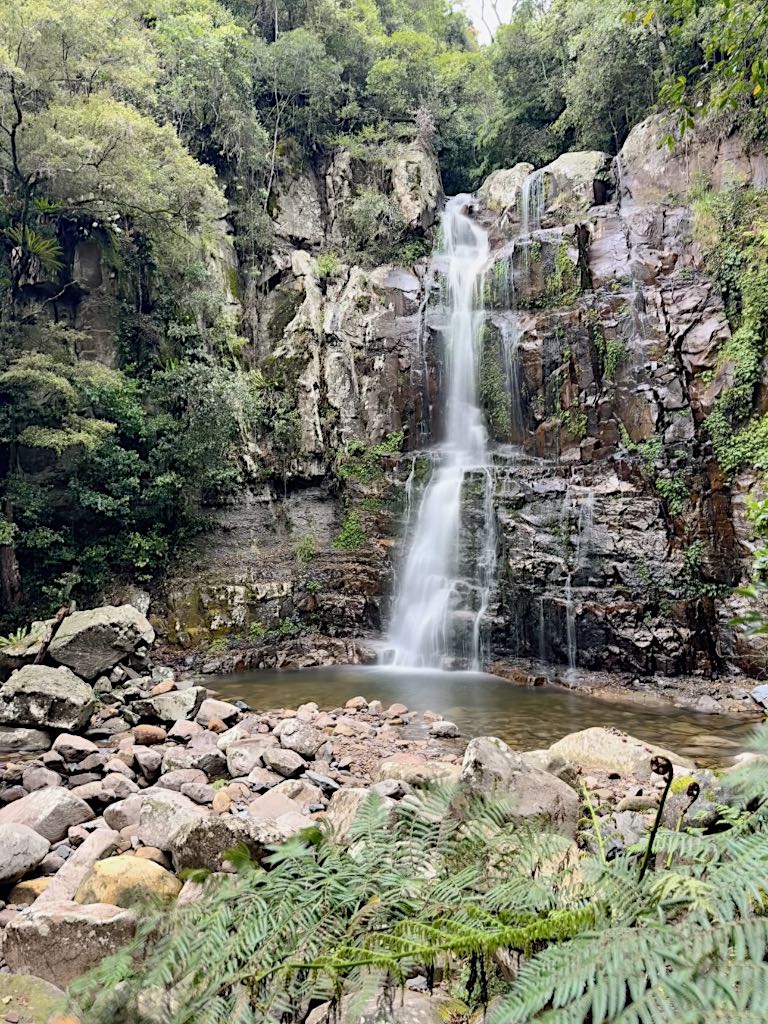



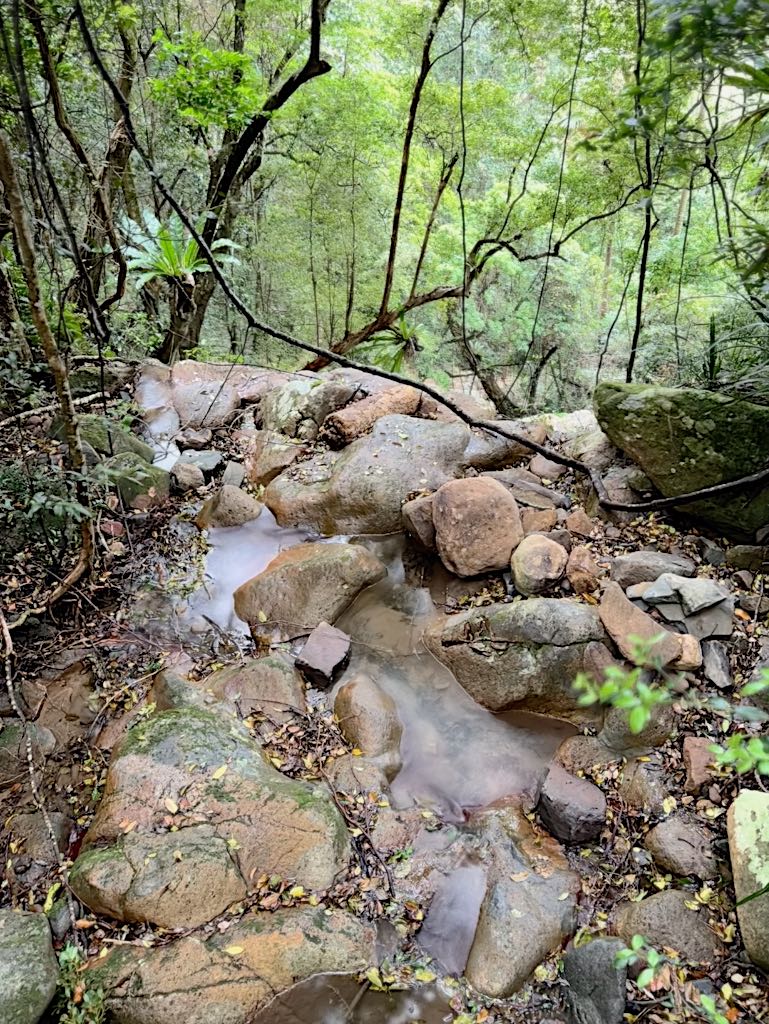
Photography Opportunities
For photographers, Lower Minnamurra Falls offers numerous opportunities to capture the beauty of the rainforest and the waterfall. The interplay of light and shadow in the lush surroundings, along with the smooth flow of the water, creates stunning visuals. Whether you’re shooting wide-angle shots of the falls or close-ups of the delicate ferns and moss, you’ll find plenty of inspiration in this picturesque location.
Wildlife and Flora
The rainforest surrounding Lower Minnamurra Falls is teeming with life. Keep an eye out for native wildlife, such as the vibrant parrots, lyrebirds, and perhaps even a wallaby or two. The area is also home to a variety of unique plant species, including towering eucalypts and delicate ferns, making it a true haven for nature enthusiasts.
Best Time to Visit
The best time to visit Lower Minnamurra Falls is during the cooler months, when the rainforest is lush and green. However, the falls are a beautiful sight year-round, with the surrounding flora changing with the seasons. During the wetter months, the falls are at their most dramatic, with the water cascading down in full force. In drier periods, the falls slow to a gentle trickle, offering a more serene experience.
Conclusion
Lower Minnamurra Falls is a hidden gem in New South Wales, offering visitors a peaceful retreat into nature, stunning views, and a chance to connect with the beauty of the Australian rainforest. Whether you’re a seasoned hiker or simply looking for a relaxing day out in nature, this picturesque waterfall is a destination worth exploring. Don’t forget your camera — the beauty of Lower Minnamurra Falls is one you’ll want to capture and remember.
Wouldn’t it be wonderful to stay here and enjoy this amazing view?

Top Attractions Near Lower Minnamurra Falls: Explore the Best of New South Wales
There are several fantastic attractions near Lower Minnamurra Falls that showcase the natural beauty of the region and provide a variety of outdoor experiences. Here are some top spots to explore while you’re in the area:
1. Minnamurra Rainforest Centre
Just a short walk from Lower Minnamurra Falls, the Minnamurra Rainforest Centre is the gateway to the Budderoo National Park. It offers a range of walking trails, including the easier Rainforest Walk and the more challenging Illawarra Fly Treetop Walk. The visitor centre has educational exhibits on the local flora and fauna and provides helpful information on the best walking tracks in the area.
2. Illawarra Fly Treetop Walk
Located about a 15-minute drive from Lower Minnamurra Falls, the Illawarra Fly Treetop Walk is one of Australia’s premier elevated walkways. This unique experience takes you through the canopy of the rainforest, offering spectacular views of the surrounding landscape, including the lush valleys and distant mountains. For an even more thrilling experience, try the Zipline Tour, which provides a bird’s-eye view of the forest below.
3. Kiama Blowhole
About a 20-minute drive from Lower Minnamurra Falls, the Kiama Blowhole is one of the most famous natural attractions in the region. This impressive sea cave shoots water up to 25 meters in the air when the conditions are right, creating a dramatic and exhilarating display. It’s a great spot to visit while exploring the coastal beauty of the area.
4. Kiama Coastal Walk
The Kiama Coastal Walk stretches for 22 kilometers along the picturesque coastline, offering stunning ocean views, rugged cliffs, and beautiful beaches. It’s a great way to experience the natural beauty of the Illawarra region while enjoying a leisurely walk or a more challenging hike.
5. Bombo Headland Reserve
Located just north of Kiama, Bombo Headland Reserve is known for its dramatic rock formations and sweeping coastal views. The area is perfect for a coastal walk, offering a chance to explore tidal rock pools, sea caves, and striking geological features.
6. Jamberoo Action Park
For families and thrill-seekers, Jamberoo Action Park is an exciting water park located just a short drive from Lower Minnamurra Falls. With water slides, wave pools, and relaxing lazy rivers, it’s a fun place to cool off and spend the day.
7. Mount Keira Lookout
About a 25-minute drive from Lower Minnamurra Falls, Mount Keira Lookout offers panoramic views over the Illawarra region, including Wollongong, the coastline, and the surrounding mountains. The lookout is easily accessible by car, and it’s a great spot for a picnic or to catch a stunning sunset.
8. Bald Hill Lookout
For incredible coastal views, head to Bald Hill Lookout, just a short drive from Kiama. Situated above the iconic Sea Cliff Bridge, this lookout offers sweeping vistas over the ocean, cliffs, and beaches below. It’s also a popular spot for hang gliders and paragliders, making for some exciting watching as you take in the view.
9. Seven Mile Beach National Park
Located near Gerroa, about 30 minutes from Lower Minnamurra Falls, Seven Mile Beach National Park is known for its long stretch of pristine sand, ideal for swimming, picnicking, and beach walks. It’s a perfect place to unwind after exploring the falls, with plenty of opportunities for birdwatching, swimming, or simply relaxing by the ocean.
These attractions near Lower Minnamurra Falls offer a range of experiences from coastal views to rainforest walks, making it easy to create a diverse and enjoyable itinerary in this beautiful part of New South Wales.
This property is conveniently located near the beach—perfect for your next holiday getaway!
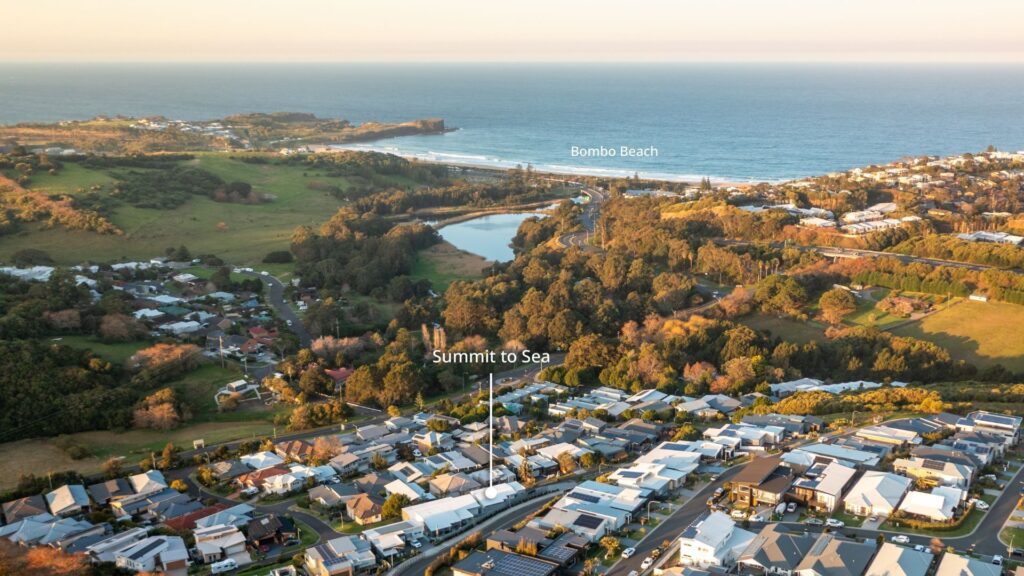
Nearest Towns to Lower Minnamurra Falls: Explore the Best of the Illawarra Region
The nearest towns to Lower Minnamurra Falls, located in Budderoo National Park, are:
1. Kiama
Located about 12 kilometers (around 15 minutes by car) from Lower Minnamurra Falls, Kiama is a charming coastal town known for its beaches, the famous Kiama Blowhole, and a range of cafes, shops, and galleries. It’s a popular base for exploring the region and offers plenty of local attractions.
2. Jamberoo
About 10 kilometers (a 15-minute drive) from Lower Minnamurra Falls, Jamberoo is a small village nestled in the rolling hills of the Illawarra region. It’s known for Jamberoo Action Park and its close proximity to natural attractions, including the Minnamurra Rainforest and surrounding national parks.
3. Gerroa
Located about 25 kilometers (around 30 minutes by car) from Lower Minnamurra Falls, Gerroa is a tranquil coastal village known for its beautiful beaches, ideal for swimming, surfing, and fishing. It offers a peaceful escape and is a great stop after visiting the falls.
4. Wollongong
Approximately 30 kilometers (about 35 minutes by car) from Lower Minnamurra Falls, Wollongong is a larger regional city located on the coast. Known for its beaches, vibrant arts scene, and coastal views, Wollongong is a hub for shopping, dining, and outdoor activities.
These towns are all within a short drive of Lower Minnamurra Falls and offer a variety of accommodation, dining, and recreational options for visitors exploring the area.
Tours and Activities:
These are my picks for tours and activities in the area, the links will take you directly to the booking site where I receive a small commission if you book the tour this does not alter the price as the commission comes out of the price from the booking site. I love travelling and providing information to help others maximize their vacations so by booking through my links you help support me to keep providing this information for free and without ads.
Southern Highlands & South Coast Private Tour From Sydney
View on Viator.com Southern Highlands & South Coast Private Tour From Sydney
Skip the left-side driving stress and enjoy a magical journey with a local driver/guide on this private door-to-door tour of the Southern Highlands and South Coast. Take in views of Sea Cliff Bridge from Stanwell Tops Lookout; hear Kiama Blowhole roar; stroll through the canopy or brave a zipline at the Illawarra Fly Treetop Walk (own expense); admire the Fitzroy Falls; and opt to include a wine tasting.
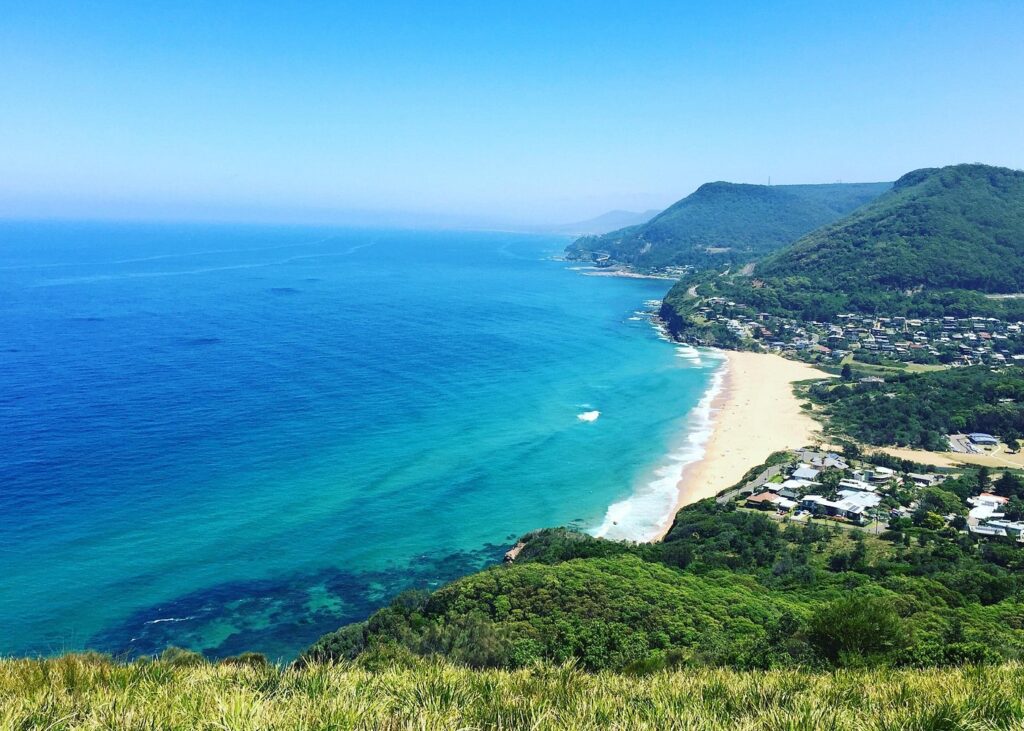
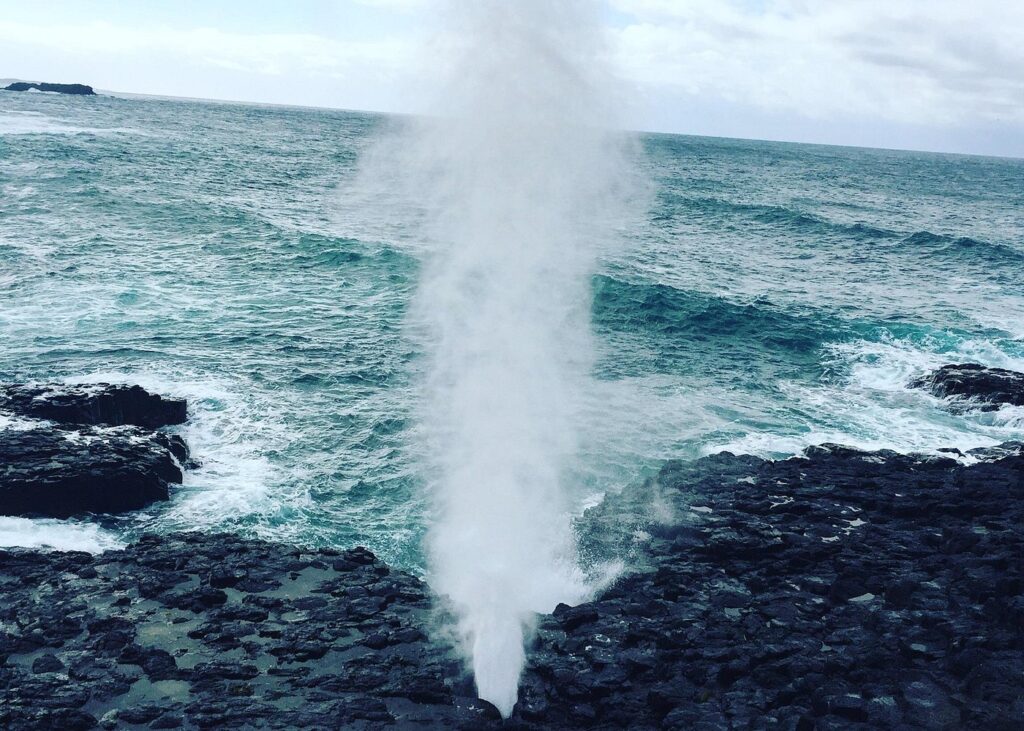

3 Day Private Tour in Blue Mountains and Kiama in Sydney City
View on Viator.com 3 Day Private Tour in Blue Mountains and Kiama in Sydney City
Discover the best of Sydney and its surroundings on our 3-day private tour, featuring the Blue Mountains, Kiama, and Sydney City. This exclusive experience offers a perfect blend of breathtaking natural landscapes, from the dramatic cliffs and waterfalls of the Blue Mountains to the coastal charm of Kiama’s famous blowhole. Tailored for nature lovers, couples, and families, our tour provides personalized attention, allowing you to explore iconic landmarks and hidden gems at your own pace. With an expert guide sharing local insights, this tour promises a deeper connection to the region’s beauty and heritage, making it truly unforgettable.

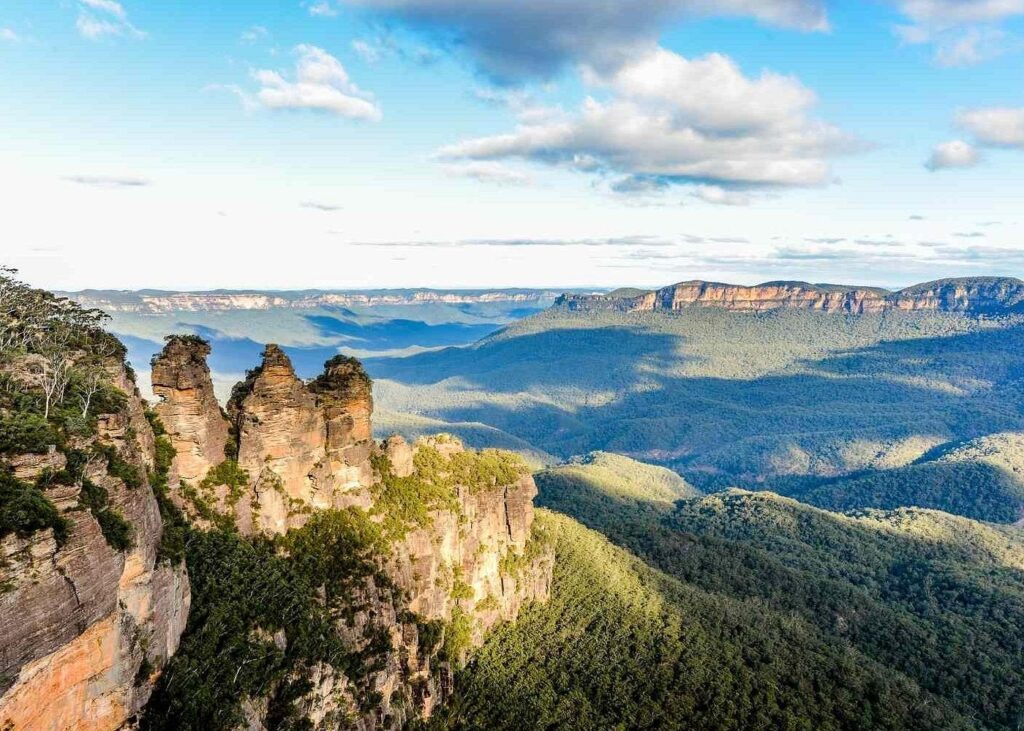
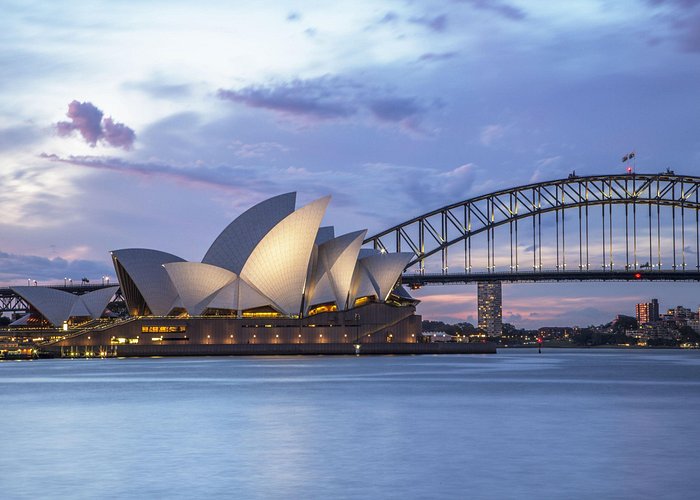
Jervis Bay Private Daily Tour -Pick up & Drop off
View on Viator.com Jervis Bay Private Daily Tour -Pick up & Drop off
Escape to the pristine white sands of Jervis Bay, often compared to the idyllic beaches of the Whitsundays. Known for its crystal-clear waters, stunning national parks, and abundant wildlife—including opportunities for whale and dolphin watching—Jervis Bay is a paradise for nature lovers.
As we journey along the scenic South Coast, you’ll enjoy spectacular ocean views, and a coffee stop with a view to remember. We’ll pass by the largest Buddhist temple in the southern hemisphere, an impressive architectural marvel built by the Chinese community. A stop at the famous Kiama Blowhole, the largest of its kind in the world, offers a glimpse of one of nature’s wonders. Next, we’ll enjoy lunch in a tranquil coastal town, with the possibility of joining a dolphin or whale watching tour. The day concludes at New South Wales whitest, most spectacular beach, where you can unwind and bask in the afternoon sun. Finally, the drive home will go through Sea Cliff Bridge and the Royal National Park.
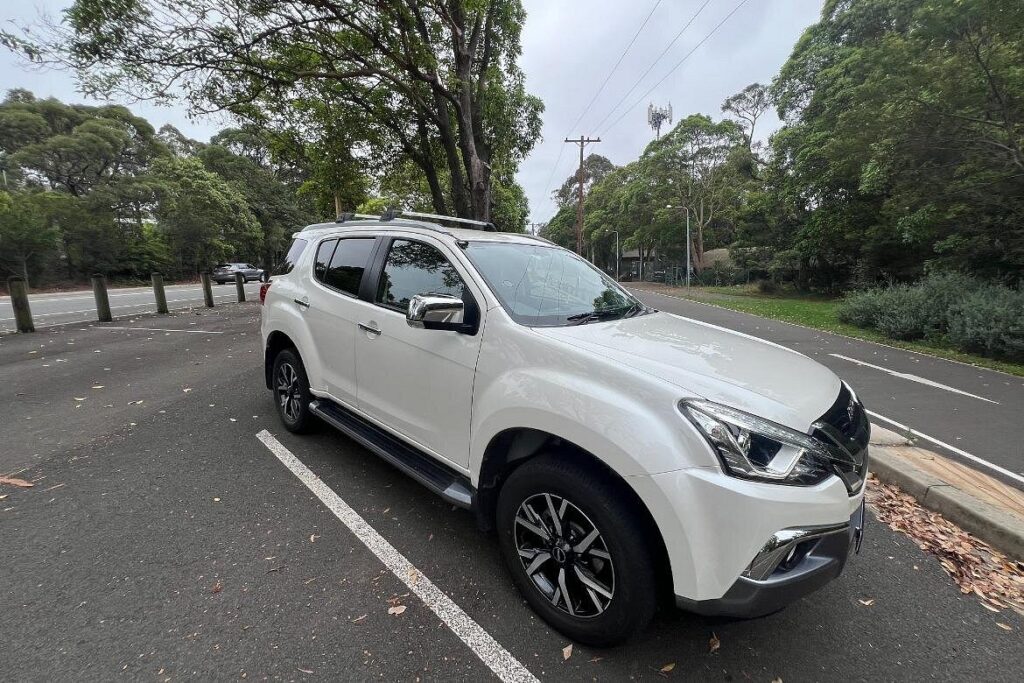


From the Mountains to the Bay – 4 Day Rediscovery Private Tour
View on Viator.com From the Mountains to the Bay – 4 Day Rediscovery Private Tour
A 4-day rediscovery of a spectacular part of Australia.
From the deep valleys, isolated eucalyptus forests and age old cave systems of the World Heritage Listed Greater Blue Mountains, across the green planes and heritage towns of the Southern Highlands to the whitest beaches and blue lagoons of Jervis Bay and the wild & rugged sand-and limestone South Coast along the Grand Pacific.
Showcasing some of the most beautiful and unspoiled parts of NSW, this perfectly paced and active 4-day trip delivers an unforgettable experience that will appeal to all your senses.


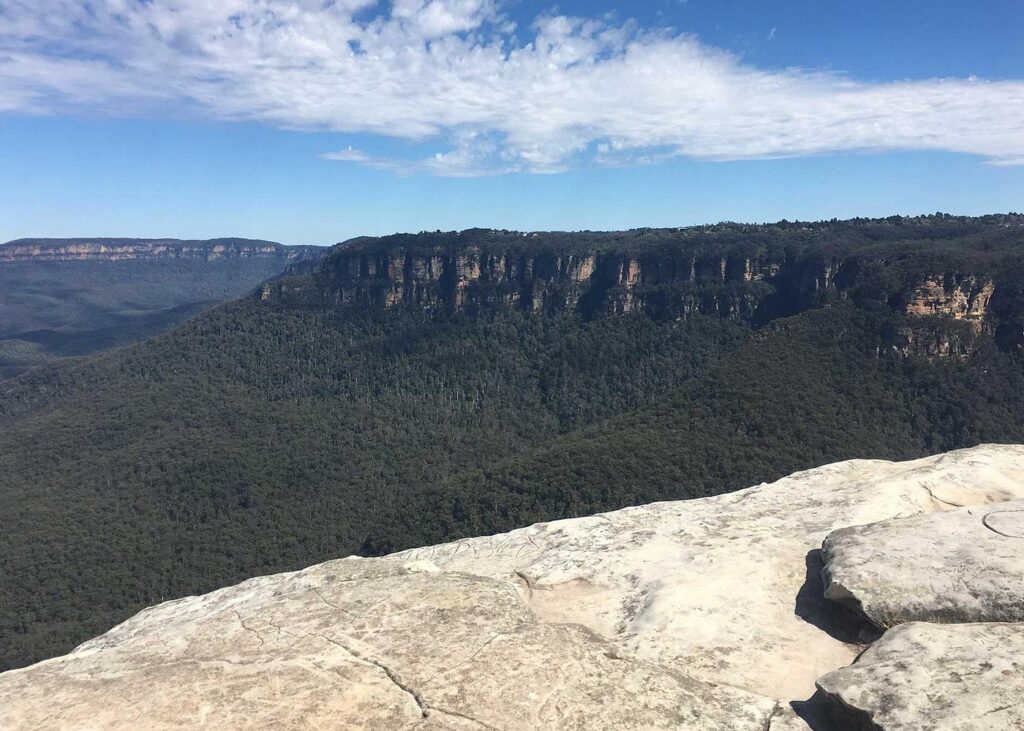
Jervis Bay, Kiama & Kangaroo Valley Day Trip From Sydney-PVT
View on Viator.com Jervis Bay, Kiama & Kangaroo Valley Day Trip From Sydney-PVT
Experience the best of the South Coast on our private Jervis Bay, Kiama, and Kangaroo Valley day trip from Sydney. This unique tour offers breathtaking encounters with nature—from the pristine beaches of Jervis Bay to the iconic Kiama Blowhole and the serene landscapes of Kangaroo Valley. Ideal for nature lovers and families, you’ll enjoy personalized attention and flexibility to explore at your own pace. Our expert guide will share insider knowledge, making this journey not just a sightseeing tour, but an immersive experience that connects you with the natural beauty and hidden gems of New South Wales.
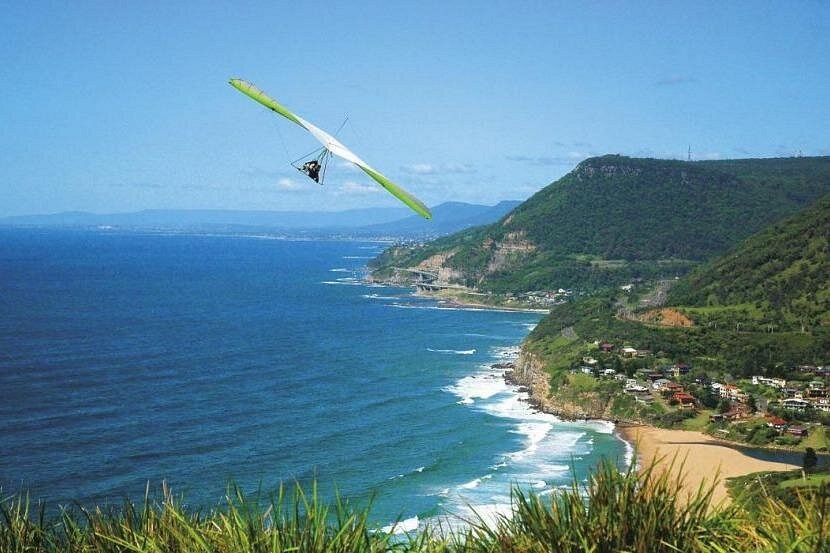

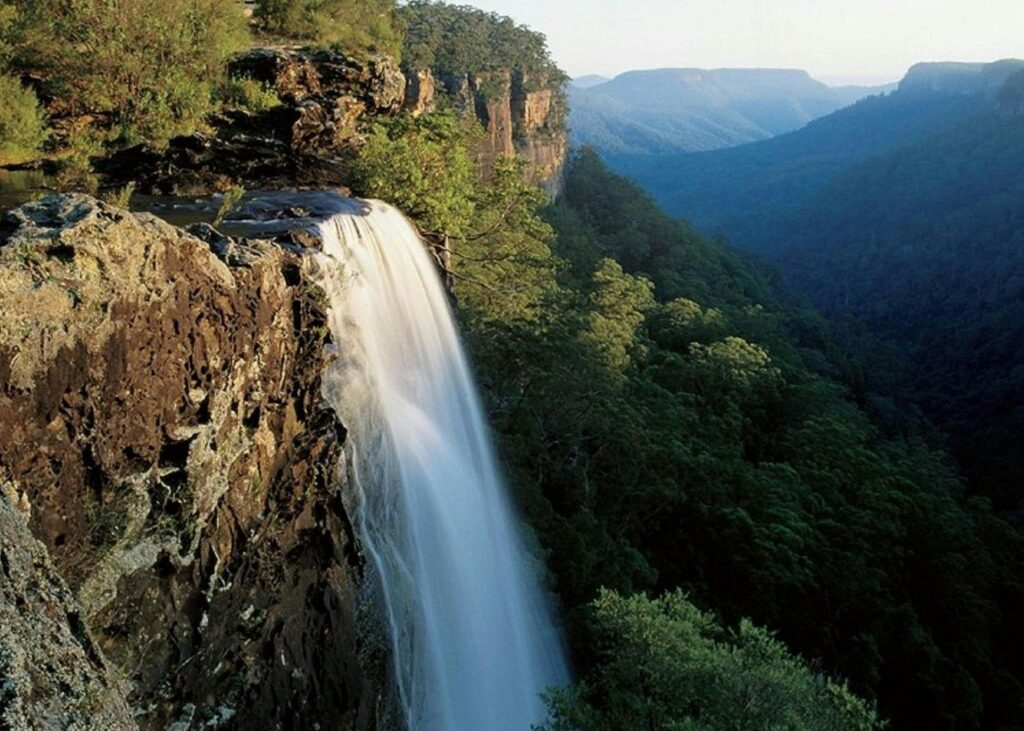
Places To Get Food
- Lulu’s at The Lodge
- Wok & Grill @ Club Jamberoo
- Noodle Paradise
- Red Rooster Kiama
- The Hungry Monkey
- Roll Bowl Kiama
- Wild Patch Cafe
- Jemfish Takeaway
- Subway
- Sails Bistro
- Hungry Jack’s Burgers Shellharbour
- By The Sea Fish n Chips & Burgers
- Kiama Chinese and Malaysian restaurant
- Oporto Food Court
- Saltwater Cafe
- The Farmer’s Table
- McDonald’s Albion Park Rail
- McDonald’s Stocklands Shellharbour Food Court
- Niu’s Kitchen
- JJ’s Indian Restaurant Kiama
- KFC Albion Park 2
- Minnamurra General Store & Cafe
- Feast on Central
- Zambrero Albion Park
- Park Central Cafe
- Thai Central in oak flats
- Central Cafe
- Zia’s
Accommodation
These are my picks for accommodation in the area, the links will take you directly to the booking site where I receive a small commission if you book and stay, this does not alter the price as the commission comes out of the price from the booking site. I love travelling and providing information to help others maximize their vacations so by booking through my links you help support me to keep providing this information for free and without ads.
Southbeach – Direct Beach Access to Jones Beach
View on Expedia.com.au Southbeach – Direct Beach Access to Jones Beach
Wake up to a breathtaking sunrise, the sound of waves crashing from the ocean, only meters from your bedroom. Watch the amazing sunset over a glass of wine on our amazing entertainer’s balcony, perfect for the entire family to enjoy!
‘South Beach’ at Kiama Downs is the perfect family haven, a complete beachfront only across the road from Jones Beach!
Complete with a kid’s room, multiple entertaining areas, and high-end designer decor, this home is perfect for a family of 20 to enjoy!
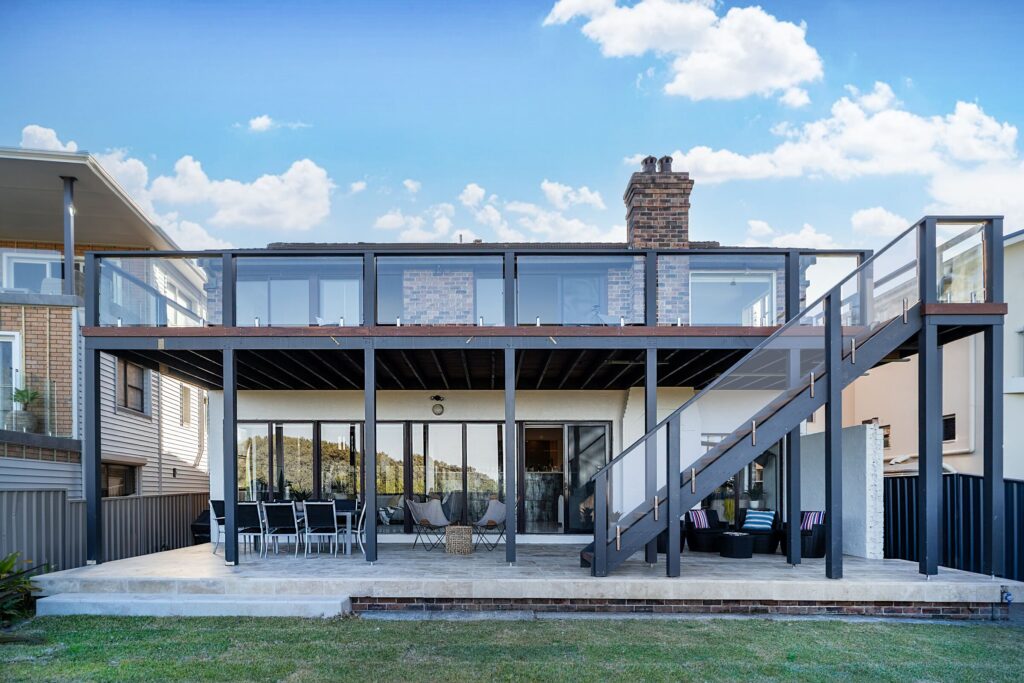
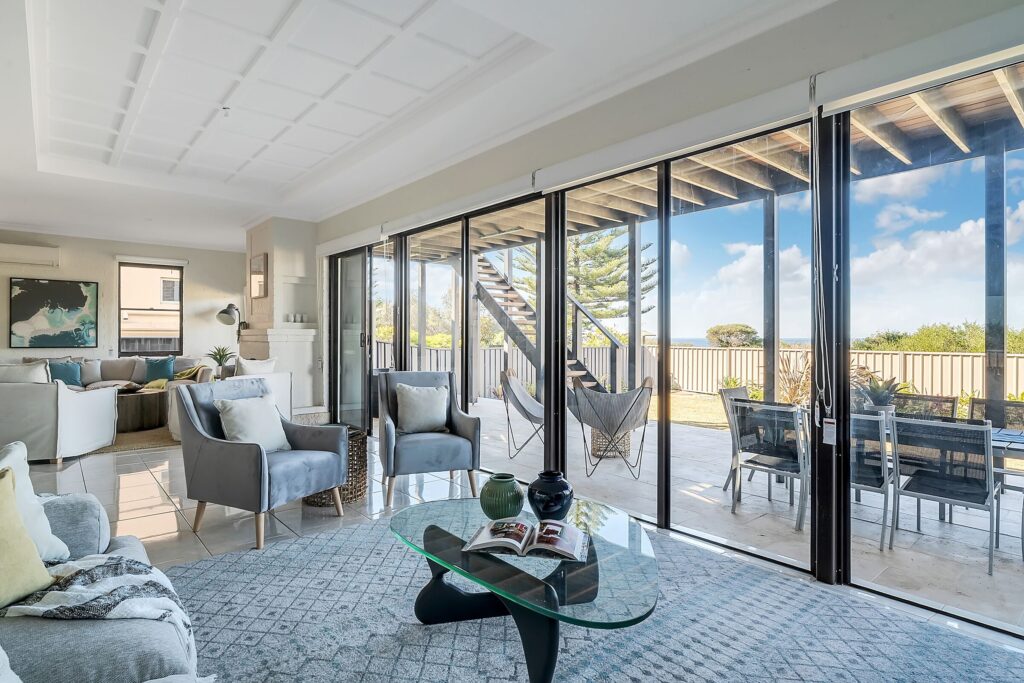

La Terrasse, Kiama, South Coast
View on Expedia.com.au La Terrasse, Kiama, South Coast
La Terrasse is a stylish, modern, beautifully presented home with stunning views of Kiama. It is built over two levels and has a lovely, full width ocean facing balcony as well as a huge entertaining patio – out of the wind. La Terrasse has an elevated position that gives great views of Kiama, yet is within walking distance of Surf Beach and the local shops and cafes.
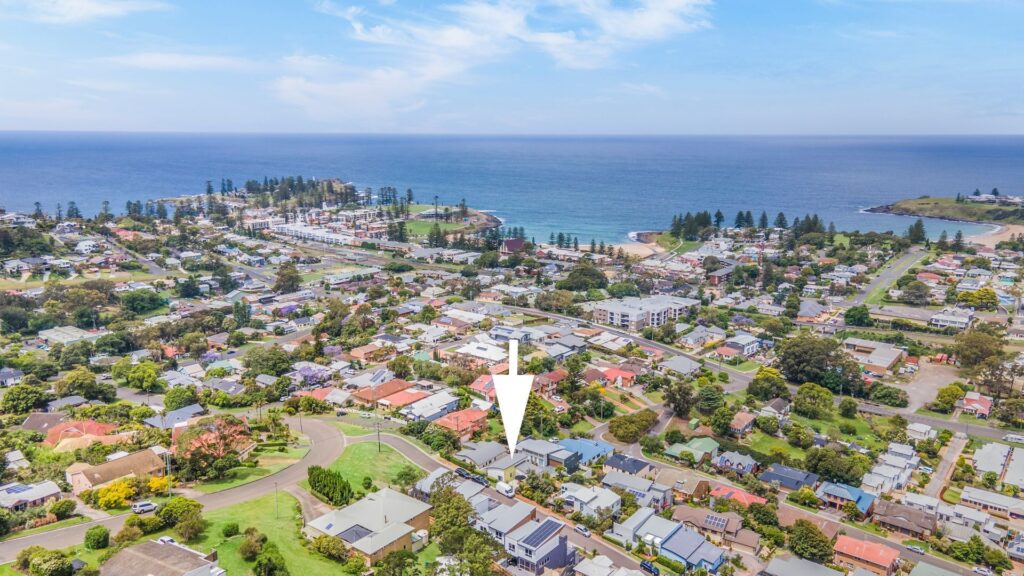


Seaside Escape, Kiama
View on Expedia.com.au Seaside Escape, Kiama
Escape to the coastal paradise in our brand-new stunning apartment in the heart of the picturesque town of Kiama. Whether you’re seeking a peaceful retreat or an exciting adventure, this luxurious space is ideal for couples, small families, or friends looking to unwind, recharge, and explore.

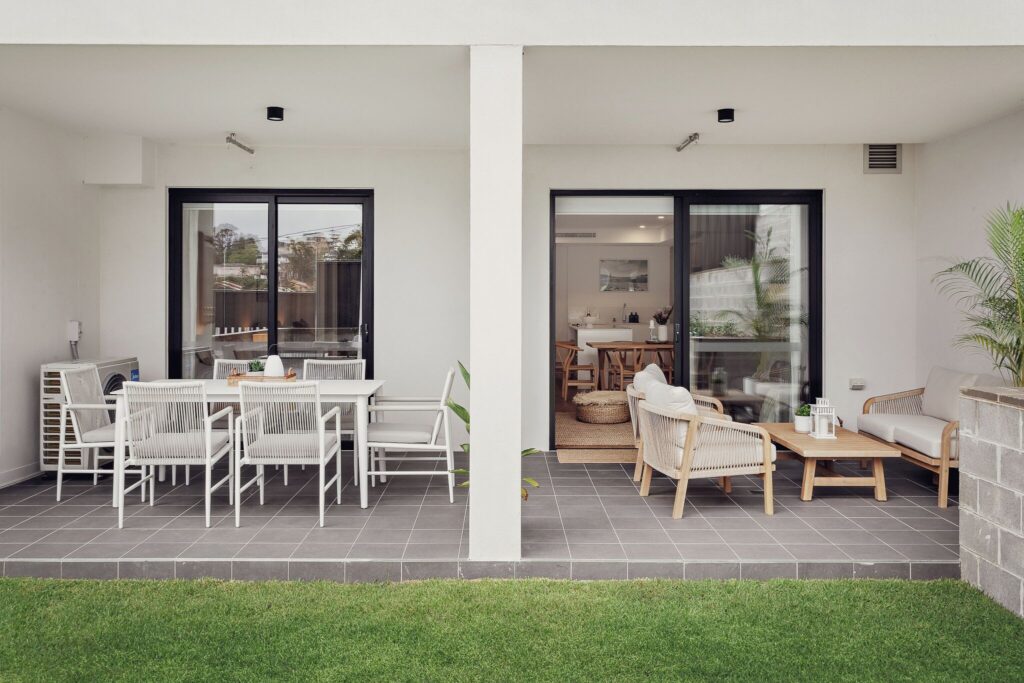

Ocean Rest – serenity in the heart of Kiama
View on Expedia.com.au Ocean Rest – serenity in the heart of Kiama
Ocean Rest is a spacious three-bedroom apartment designed to provide a blend of luxury and practicality. The fully equipped chef’s kitchen boasts a microwave, dishwasher, and Nespresso coffee machine, ensuring meal preparation is a breeze. Stay connected with WiFi, smart TVs, USB ports, and a laptop-friendly workspace, perfect for working or streaming your favourite shows. The master bedroom features an ensuite and walk-in robe, adding a touch of indulgence, while ducted reverse cycle air conditioning keeps the entire apartment comfortable year-round. A combined washing machine and dryer, along with complimentary baby equipment like a portable cot (BYO linen) and highchair, makes this a convenient choice for families.
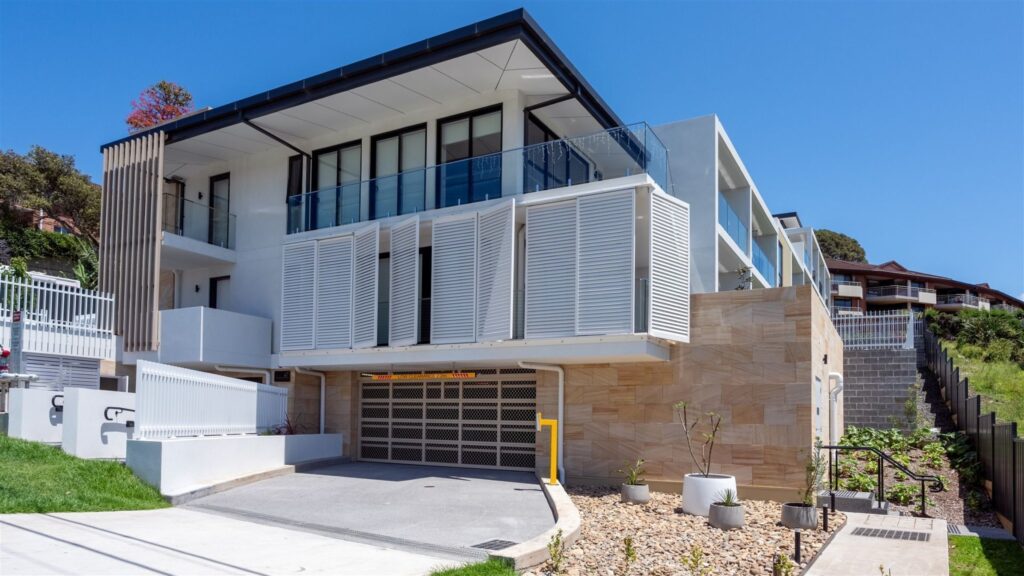
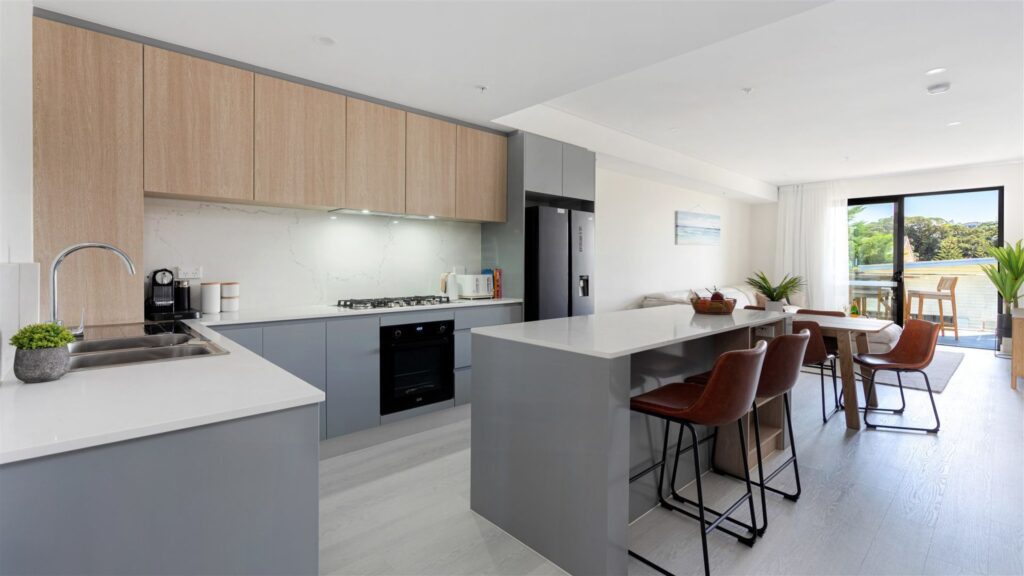

Summit to Sea – Stunning country and coastal views
View on Expedia.com.au Summit to Sea – Stunning country and coastal views
Welcome to Summit to Sea, an exquisite modern holiday rental property in Kiama, with spectacular views from nearly every room. Step inside this coastal oasis, where contemporary elegance and comfort intertwine flawlessly. The interiors exude a sense of coastal charm with a tasteful blend of coastal hues and high-end furnishings. Embrace the spacious open-plan living area, thoughtfully designed to offer the utmost relaxation and convenience during your stay. The fully equipped kitchen beckons both aspiring chefs and casual cooks alike, while the open plan living and dining area sets the stage for shared moments of relaxation.

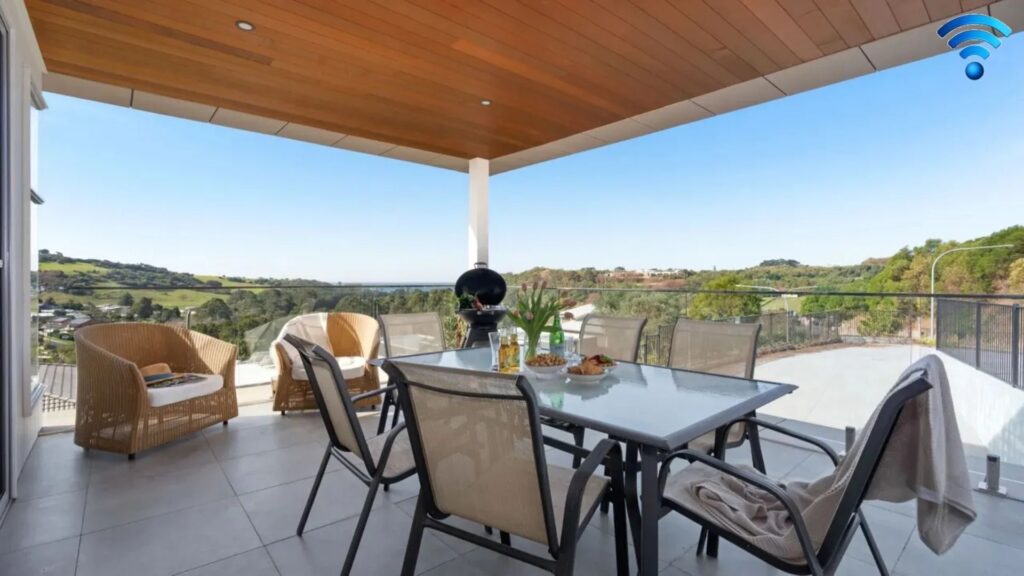

Essential Packing List
The links will take you directly to the Amazon site where I receive a small commission if you buy the product, this does not alter the price as the commission comes out of the price from Amazon. I love travelling and providing information to help others maximize their vacations so by buying through my links you help support me to keep providing this information for free and without ads.
Click on this link to see my packing list
Frequently Asked Questions
How long is the walk around Minnamurra Falls?
The walk ends at a viewing platform and rest area located at the base of the Upper Falls. The total distance for both walks is 4.2 km, and visitors should allow approximately 2 hours to complete the journey.
Why is Minnamurra rainforest closed?
The Minnamurra Rainforest Lyrebird Loop walk is partially closed because of flood damage.
How much does it cost to go to Minnamurra Falls?
The walk begins at the Minnamurra Rainforest Information Centre, situated in Jamberoo Valley. There is ample parking available, although a $12 parking fee per vehicle applies for entry to the falls. The walk itself is free of charge.
Can you swim at Minnamurra Falls?
Abseiling, canyoning, and swimming are prohibited within the Minnamurra Rainforest Centre area of Budderoo National Park
How do I access Minnamurra Beach?
The river blocks access from the town, and the only land access is via the Killalea track, leading to a car park situated on the slopes above the northern end of the beach.
What animals are in Minnamurra?
The superb lyrebird is a local favorite, often spotted in the Minnamurra Rainforest and other parts of Budderoo National Park. You might also catch a glimpse of the eastern ground parrot, an endangered and elusive bird with striking beauty, found in Barren Grounds Nature Reserve. And while the birds may be elusive, you’re sure to encounter the colorful butterflies that thrive in the area.
If you enjoyed this article, you may find my other writings equally captivating.
FOLLOW ME on Facebook, Instagram, Pinterest, Tik Tok, You Tube and Twitter to see more delicious food and get all the latest updates.
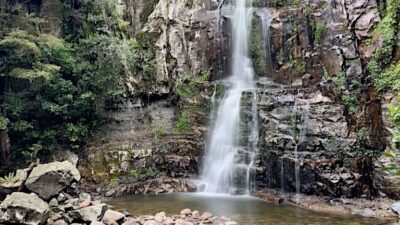
 Fitzroy Falls: A Majestic Waterfall in the Heart of Nature
Fitzroy Falls: A Majestic Waterfall in the Heart of Nature
Leave a Reply